-
BackX
-
Components
-
-
Category
-
Semiconductors
- Diodes
- Thyristors
-
Electro-insulated Modules
- Electro-insulated Modules | VISHAY (IR)
- Electro-insulated Modules | INFINEON (EUPEC)
- Electro-insulated Modules | Semikron
- Electro-insulated Modules | POWEREX
- Electro-insulated Modules | IXYS
- Electro-insulated Modules | POSEICO
- Electro-insulated Modules | ABB
- Electro-insulated Modules | TECHSEM
- Go to the subcategory
- Bridge Rectifiers
-
Transistors
- Transistors | GeneSiC
- SiC MOSFET Modules | Mitsubishi
- SiC MOSFET Modules | STARPOWER
- Module SiC MOSFET ABB’s
- IGBT Modules | MITSUBISHI
- Transistor Modules | MITSUBISHI
- MOSFET Modules | MITSUBISHI
- Transistor Modules | ABB
- IGBT Modules | POWEREX
- IGBT Modules | INFINEON (EUPEC)
- Silicon Carbide (SiC) semiconductor elements
- Go to the subcategory
- Gate Drivers
- Power Blocks
- Go to the subcategory
- Electrical Transducers
-
Passive components (capacitors, resistors, fuses, filters)
- Resistors
-
Fuses
- Miniature Fuses for electronic circuits - ABC & AGC Series
- Tubular Fast-acting Fuses
- Time-delay Fuse Links with GL/GG & AM characteristics
- Ultrafast Fuse Links
- Fast-acting Fuses (British & American standard)
- Fast-acting Fuses (European standard)
- Traction Fuses
- High-voltage Fuse Links
- Go to the subcategory
- Capacitors
- EMI Filters
- Supercapacitors
- Power surge protection
- TEMPEST emission revealing filters
- Go to the subcategory
-
Relays and Contactors
- Relays and Contactors - Theory
- 3-Phase AC Semiconductor Relays
- DC Semiconductor Relays
- Controllers, Control Systems and Accessories
- Soft Starters and Reversible Relays
- Electromechanical Relays
- Contactors
- Rotary Switches
-
Single-Phase AC Semiconductor Relays
- AC ONE PHASE RELAYS 1 series| D2425 | D2450
- One phase semiconductor AC relays CWA and CWD series
- One phase semiconductor AC relays CMRA and CMRD series
- One phase semiconductor AC relays - PS series
- Double and quadruple semiconductor AC relays - D24 D, TD24 Q, H12D48 D series
- One phase semiconductor relays - gn series
- Ckr series single phase solid state relays
- One phase AC semiconductor relays for DIN bus - ERDA I ERAA series
- 150A AC single phase relays
- Rail Mountable Solid State Relays With Integrated Heat Sink - ENDA, ERDA1 / ERAA1 series
- Go to the subcategory
- Single-Phase AC Semiconductor Relays for PCBs
- Interface Relays
- Go to the subcategory
- Cores and Other Inductive Components
- Heatsinks, Varistors, Thermal Protection
- Fans
- Air Conditioning, Accessories for Electrical Cabinets, Coolers
-
Batteries, Chargers, Buffer Power Supplies and Inverters
- Batteries, Chargers - Theoretical Description
- Modular Li-ion Battery Building Blocks, Custom Batteries, BMS
- Batteries
- Battery Chargers and Accessories
- Uninterruptible Power Supply and Buffer Power Supplies
- Inverters and Photovoltaic Equipments
- Energy storage
- Fuel cells
- Lithium-ion batteries
- Go to the subcategory
-
Automatics
- Spiralift Lifts
- Futaba Drone Parts
- Limit Switches, Microswitches
- Sensors, Transducers
-
Infrared Thermometers (Pyrometers)
- IR-TE Series - Water-proof Palm-sized Radiation Thermometer
- IR-TA Series - Handheld Type Radiation Thermometer
- IR-H Series - Handheld Type Radiation Thermometer
- IR-BA Series - High-speed Compact Radiation Thermometer
- IR-FA Series - Fiber Optic Radiation Thermometer
- IR-BZ Series - Compact Infrared Thermometers
- Go to the subcategory
- Counters, Time Relays, Panel Meters
- Industrial Protection Devices
- Light and Sound Signalling
- Thermographic Camera
- LED Displays
- Control Equipments
- Go to the subcategory
-
Cables, Litz wires, Conduits, Flexible connections
- Wires
- Cable feedthroughs and couplers
- Litz wires
- Cables for extreme applications
- Sleevings
-
Braids
- Flat Braids
- Round Braids
- Very Flexible Flat Braids
- Very Flexible Round Braids
- Cylindrical Cooper Braids
- Cylindrical Cooper Braids and Sleevings
- Flexible Earthing Connections
- Galvanized and Stainless Steel Cylindrical Braids
- PCV Insulated Copper Braids (temp. up to 85C)
- Flat Aluminium Braids
- Junction Set - Braids and Tubes
- Go to the subcategory
- Traction Equipment
- Cable Terminals
- Flexible Insulated Busbars
- Flexible Multilayer Busbars
- Cable Duct Systems
- Go to the subcategory
- View all categories
-
Semiconductors
-
-
- Suppliers
-
Applications
- CNC Machine Tools
- DC and AC Drives (Inverters)
- Energetics
- Energy bank
- Equipment and Components for Hazardous Areas [Ex]
- Equipment for Distribution, Control and Telecommunications Cabinets
- HVAC Automation
- Induction Heating
- Industrial Automation
- Industrial Protective Devices
- Machines for Drying and Wood Processing
- Machines for Thermoforming Plastics
- Mining, Metallurgy and Foundry
- Motors and Transformers
- Power Supplies (UPS) and Rectifier Systems
- Printing
- Temperature Measurement and Regulation
- Test and Laboratory Measurements
- Tram and Railway Traction
- Welding Machines
-
Assembly
-
-
Inductors
-
-
Induction devices
-
-
Service
-
- Contact
- Zobacz wszystkie kategorie
How to Choose the Right Portable Case for Electronic Equipment?

Mobility and safety of electronic equipment are crucial; choosing the right portable case becomes an essential task for many professionals. Whether you are an engineer, technician, artist, or technology enthusiast, the right case will help you transport your equipment safely. In this article, we will discuss the key factors to consider when selecting a case and why you can trust the experience of DACPOL.
Type of Equipment and Its Dimensions
Choosing the right portable case for electronic equipment begins with understanding exactly what you want to transport in it. The type and dimensions of the equipment are crucial for making the right decision, and several key factors should be considered:
Depending on the field you work in, the type of equipment can vary significantly. Here are some examples of types of equipment you might transport, along with the specifics of their requirements:
-Audio-visual equipment: Cameras, microphones, projectors, and other audio-visual devices are often delicate and require careful protection. Protective cases for transporting AV equipment should be antistatic and have appropriate foam inserts to ensure cushioning.
-Measurement equipment: Measuring devices such as multimeters, oscilloscopes, or signal analyzers often have specific shapes and dimensions. Cases for electronics for these devices should have inserts that allow stable placement and protection against shocks and scratches.
-Computer equipment: Laptops, monitors, and workstations require sturdy cases. It is important that the equipment case is spacious enough to accommodate additional accessories such as power supplies, mice, or keyboards.
-Tools: When transporting tools such as screwdrivers, hammers, or other handheld devices, toolboxes should be adapted to greater weight and ensure proper weight distribution. Industrial cases often have special organizers to help sort smaller items.
-Laboratory equipment: In laboratories, delicate instruments such as pipettes, test tubes, or analytical devices are often used. For this type of equipment, portable enclosures that provide airtightness and protection against external factors are essential.
Dimensions of the Equipment
Accurately measuring the dimensions of the equipment you want to transport is a key step in choosing the right portable case. Here are some important aspects to consider:
Length, width, and height: Measure each dimension of your equipment to ensure the case will fit all items. Remember to add a few centimeters of clearance to avoid overly tight placement of the devices.
Weight of the equipment: It is also worth knowing the weight of the equipment since some cases have weight limits, especially models on wheels. A case that is too heavy on wheels can be difficult to carry and may also be prone to damage.
Shape and layout of the devices: Some devices have unusual shapes (e.g., unusual shapes of cameras or tools), which makes standard protective cases potentially insufficiently flexible. Therefore, it is worth considering cases with foam that allow you to adjust the interior to the specifics of the equipment being transported.
Consider whether you will need to transport additional accessories along with the main equipment. Depending on your needs, you may require space for: Cables and power supplies: Ensure that the portable case has enough space for all necessary cables and power supplies to avoid tangling and damage. Additional devices: If you plan to transport additional accessories such as microphones, tripods, or external hard drives, make sure to have appropriate dividers or organizers within the case to help with their safe placement.
Depending on how often you will be transporting the equipment and under what conditions, if you regularly travel in challenging conditions (e.g., for fieldwork), choose cases that are shock-resistant and have a solid construction to help protect your equipment.
Material of Construction
Choosing the right material for a portable case is crucial for ensuring the safety and durability of the transported equipment. The materials from which protective cases are made affect their properties, such as impact resistance, water resistance, and their ability to protect against harmful external factors. Here are some key aspects of materials to consider when choosing a case:
Types of Materials
Cases made from high-quality plastics such as ABS or polycarbonate are lightweight yet highly resistant to impact. These materials are often used in the production of cases for audio-visual equipment as they effectively protect delicate devices from mechanical damage. Industrial cases made of aluminum are extremely durable and resistant to corrosion. Aluminum is an excellent choice for users who need additional protection in harsh conditions. Transport cases made of aluminum often have reinforced edges and locks, providing even greater safety. Portable cases with stainless steel elements offer excellent corrosion resistance and mechanical damage protection. They are mainly used in industry and in situations where equipment is exposed to aggressive chemicals. Military cases often utilize this material to ensure maximum durability and protection.
Properties of Materials
Impact resistance: One of the key aspects that should characterize the case material is its impact resistance. Impact-resistant cases provide better protection for transported equipment, which is especially important for delicate electronic devices. When choosing waterproof cases, pay attention to the material and seals. High-quality materials such as plastics or composites should have the appropriate properties to protect the equipment from moisture, rain, or dust. Antistatic cases and materials resistant to chemicals are important, especially in industries where equipment may be exposed to aggressive substances. This way, the case not only protects the items but also guards against adverse environmental effects. The use of various materials in the production of portable cases allows for better adaptation to users' individual needs. For example, if you plan to transport delicate electronic devices, it is worth considering cases with foam that provide additional cushioning. Corrosion-resistant enclosures made from durable materials will be ideal for users working in challenging conditions. The final choice of material should also consider the weight of the case. Lighter materials, such as plastics, may be a better choice for frequent travelers, while heavier materials like aluminum or steel may be more suitable when maximum protection is essential.
Security Features
Choosing the right portable case is not only a matter of selecting the right material and size but also about the security features that protect the transported equipment. In today's world, where electronic devices and tools are increasingly expensive and advanced, effective security measures become crucial. Portable cases equipped with combination locks provide additional safety. The ability to set your own code allows for quick protection of the contents while being convenient for everyday use. For electronic equipment cases, such locks are often recommended to prevent unauthorized access. If you travel internationally, consider wheeled cases with TSA (Transportation Security Administration) locks. These special locks allow security personnel to open the case without damaging the lock, which is particularly useful during baggage checks at airports. Some waterproof and shock-resistant cases are equipped with locks that prevent accidental opening. Such security measures are extremely important when transporting delicate equipment that could be damaged if the case were to open uncontrollably. Cases with foam inserts are an ideal solution for those transporting delicate equipment. These inserts effectively absorb shocks and vibrations, minimizing the risk of damage during transport. Choosing the right type of foam, such as high-density foam, can significantly enhance the protection of the transported devices. Many transport cases have reinforced corners and edges, which further increases their resistance to impacts. These features are particularly important in the case of industrial cases, which are often exposed to extreme conditions. Quality waterproof cases are equipped with airtight seals that protect against moisture and dust. This is vital, especially in harsh conditions where equipment may be exposed to water or contaminants. It is worth paying attention to the IP (Ingress Protection) rating, which indicates how well the case protects against dust and water. For example, cases with an IP67 rating are completely dustproof and resistant to immersion in water, making them an excellent choice for transporting equipment in extreme conditions. Wheeled cases should have sturdy handles and additional straps that make carrying easier. Ergonomic handles reduce the risk of injury, and transport straps can provide additional stability during transit. Some case models are equipped with integrated mounting systems that allow for secure attachment of additional accessories or elements to the case, significantly enhancing its functionality. In addition to standard security features, it is also worth considering the ability to customize the portable case to meet specific user needs. Here are some aspects that can increase the functionality of the case. Some electronic cases offer the option to order custom foam inserts that perfectly fit the shape of the equipment. This allows for even better cushioning and protection against shocks. Such inserts not only protect against mechanical damage but also prevent the equipment from shifting during transport. Many modern protective cases allow for the addition of modular accessories, such as extra dividers, organizers, or handles. These solutions enable easy adjustment of the interior of the case to changing needs, which is particularly useful for professionals who frequently change the type of equipment being transported. When transporting sensitive equipment, it may be worth considering cases with additional security features, such as alarm systems or notifications. These solutions can alert the user in case of unauthorized opening of the case, providing an additional layer of protection against theft. It is also advisable to choose cases that allow for easy labeling or identification of the contents. Some models are equipped with clear pockets for labels or identifiers, making it easier to organize and quickly find the necessary tools or equipment, as well as enabling easy identification of the owner in case of loss. Choosing a portable case also relates to the convenience of transport. Well-designed solutions can significantly facilitate movement with the case, which is especially important for people who often travel or transport heavy equipment. Features to consider include swivel wheels: Wheeled cases with multidirectional swivel wheels make maneuvering in tight spaces, such as hallways, elevators, or crowded airports, much easier. Such wheels provide greater mobility and comfort during transport, which is extremely important when you need to move with heavy gear. Comfortable, adjustable handles on protective cases allow for height adjustment according to the user's stature, enhancing carrying comfort. The ability to easily reposition the handles also facilitates their use in various situations—whether towing the wheeled case or carrying it over the shoulder. It is worth paying attention to cases that have additional handles on the sides or front. Such solutions facilitate lifting and carrying the case, especially when you need to place it in a car trunk or on a train shelf. Some transport cases are equipped with additional securing straps that can stabilize the contents and prevent the equipment from shifting during transport. Such systems are particularly important when transporting delicate devices that require extra protection. Cases with additional pockets or organizers are a good solution, allowing for the storage of accessories in one place. This way, you can avoid clutter and quickly find the necessary tools or documents.
Weight and Mobility
Choosing a portable suitcase is also a matter of weight and mobility, which are crucial for comfortable transport, especially when carrying heavy equipment or traveling frequently. Below are several important aspects regarding weight and mobility that you should consider:
Lightweight Materials: When choosing suitcases for equipment, pay attention to the materials used. Lighter materials, such as polycarbonate or aluminum, can significantly reduce the overall weight of the suitcase, which is particularly important for long-distance transport. The weight of the suitcase matters not only for convenience but can also affect shipping costs, especially in air transport where baggage weight limits are strictly enforced.
Weight Optimization: Some models, like waterproof or impact-resistant suitcases, offer innovative solutions that combine durability with low weight. By investing in such products, you gain assurance that your devices are adequately protected without overloading your total baggage.
The mobility of suitcases on wheels is one of the key factors to consider. Suitcases with multi-directional swivel wheels allow for easy maneuvering in various directions, which is essential when navigating crowded places like airports or train stations. When choosing a suitcase, pay attention to the quality of the wheels – those made from high-quality materials are more durable and less prone to damage. Comfortable, adjustable handles increase transport comfort. With them, you can adjust the handle height to the user's height, allowing for easy towing of the protective suitcase without excessively straining the back or arms. Additionally, the handles should be well-shaped to ensure a secure grip, even when the suitcase is full. If you travel frequently, consider portable suitcases that can be easily folded or compacted when not in use. Such solutions save space during storage and facilitate transport.
Additional features enhancing mobility
Transport Straps: Straps placed on the outside of the suitcase can facilitate the attachment of additional accessories, enhancing overall mobility and aiding in luggage organization. Well-designed transport cases with additional straps can help stabilize the contents, minimizing the risk of damage during movement.
Anti-slip Systems: Some equipment suitcases are equipped with anti-slip feet that provide stability when the suitcase is set on various surfaces. Such solutions are especially important when you need to temporarily set the suitcase down in an uncertain location.
Storage and Interior Organization
In addition to weight and mobility, it is worth paying attention to aspects related to storage and interior organization of the portable suitcase. Proper organization allows for easy and quick access to necessary tools or equipment, which is crucial, especially when you're on the go. Here are some features that should characterize well-designed suitcases:
Compartments tailored to equipment: When choosing suitcases for electronics, ensure that they are equipped with compartments that can be adjusted to the shape and size of the equipment. Adjustable compartments allow for perfect fitting for different types of devices, minimizing the risk of damage during transport.
Additional Pockets: Pockets for accessories, such as cables, chargers, or tools, facilitate organization and prevent the need to search through the entire suitcase for a single item. Suitcases with foam padding often also offer additional pockets that help with organization.
Flexible Straps: Internal securing straps can help stabilize the equipment, preventing items from shifting during transport. With them, you can be sure that even the most delicate devices will stay in place, which is important when transporting anti-static and impact-resistant suitcases.
Modular Inserts: Some suitcases offer modular inserts that can be customized to individual needs. Such solutions allow for easy transformation of the suitcase's interior depending on what you're transporting – from tools to electronics.
Interior Labels: Facilitating the identification of individual sections of the suitcase, interior labels can help quickly locate the necessary tools or equipment. These labels are especially useful for people who frequently change the contents of the suitcase.
Tags and Personalization: Suitcases that allow for easy tagging help in identifying the contents and the owner. This is important, especially in the context of business trips or transporting equipment to different locations.
Interior Organization
A well-organized interior of the suitcase makes it easier to quickly find the necessary elements. Here are some tips. Foam Inserts - Custom-fit inserts allow for secure placement of each item in electronic suitcases. With flexible foam inserts, you can adjust the space to different devices. Dividers and Organizers - Help in sorting smaller parts, enhancing the functionality of industrial suitcases and transport cases. The ability to add dividers allows for effective use of space in the suitcase.
Specific Use Cases
Consider how often and under what conditions you will use the suitcase. Depending on your needs, you may require, for example, military cases: Sturdy constructions that can withstand harsh working and transport conditions, ideal for uniformed services and those working in demanding environments, or portable enclosures: Ideal for transporting delicate devices in rough terrain, which may be exposed to shocks, moisture, and other external factors. It is also worth familiarizing yourself with the various types of suitcases available on the market, including: Anti-static Suitcases: Provide protection against electrostatic charges, which is crucial for electronics. Waterproof Suitcases: Designed to protect against water, ideal for working in high humidity conditions. Suitcases on Wheels: Facilitate the transport of heavier devices, making them a popular choice in the industry. Transport Cases: Offer spacious organization and are ideal for transporting larger tools and equipment.
Why Choose DACPOL Suitcases?
The company DACPOL, operating in the market since 1992, offers a wide range of portable suitcases and transport cases. We specialize in comprehensive supplies of components for power engineering, automation, electrical engineering, and electronics. Our anti-static, waterproof, and impact-resistant suitcases are made from the highest quality materials, ensuring not only their durability but also the complete safety of transport.
We offer products such as:
Transport Cases Made of Plastics:
Transport Cases Made of Plastics:
-19" Series MILEX Transport Cases
-Temperature Control Enclosures Series KOOLEX
-Portable Device Enclosures Series PORTEX
-Transport Cases and Suitcases Series STANEX
Summary
Choosing the right portable suitcase for electronic equipment is a key step in ensuring the safety of your devices. Remember their specifications, materials used, and interior organization. With DACPOL's experience and our high-quality products, you will find the perfect solution tailored to your needs. Contact us for more information and assistance in choosing the right suitcase for you. Regardless of your requirements, you will surely find something that meets your expectations.
Related products
Related posts
 Now available – DC/DC converters from PREMIUM
Now available – DC/DC converters from PREMIUM
 New release in DACPOL lighting for lathes – Kira covers
New release in DACPOL lighting for lathes – Kira covers




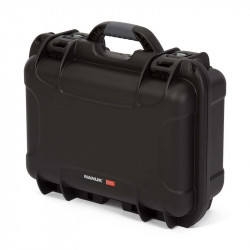
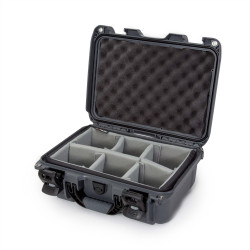
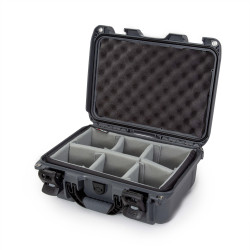
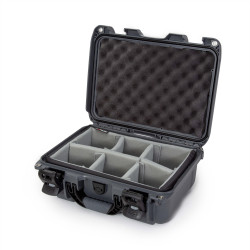

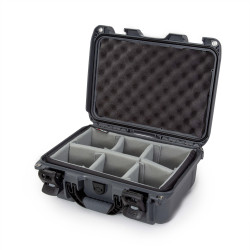
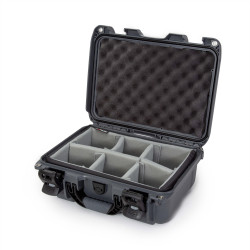
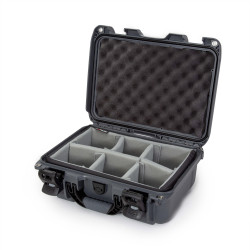
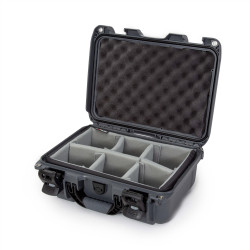
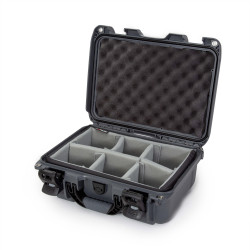
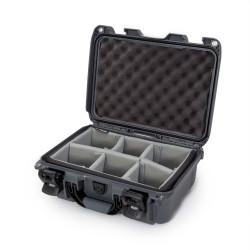
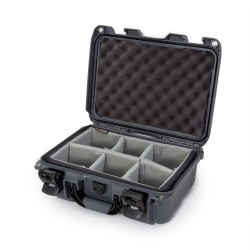
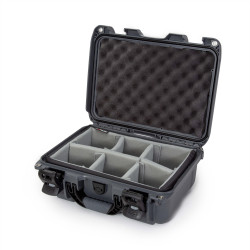


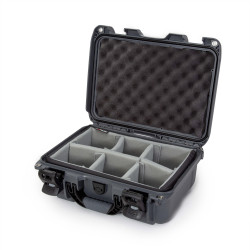
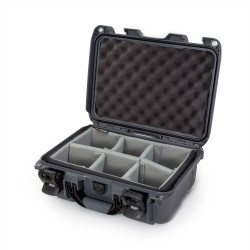
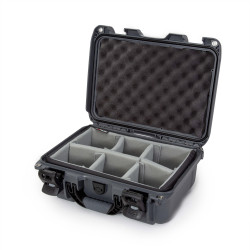
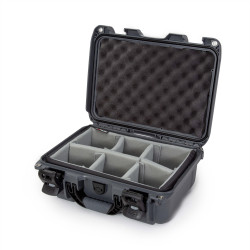
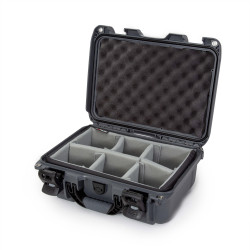
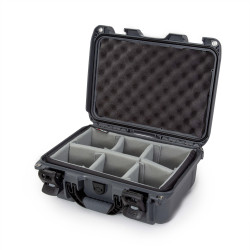
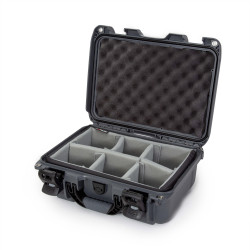
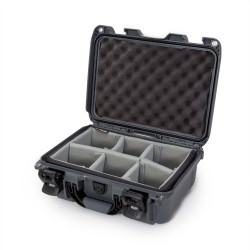
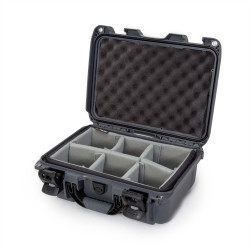
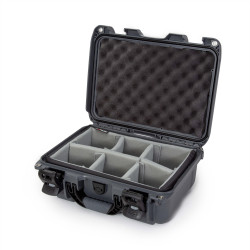
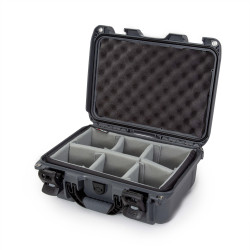

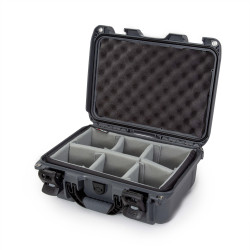
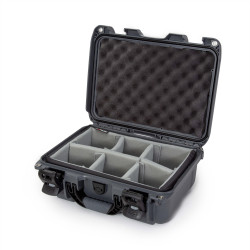
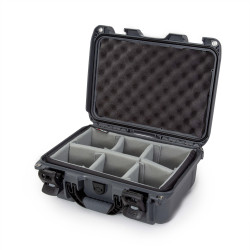
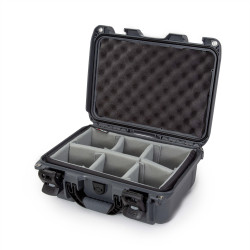
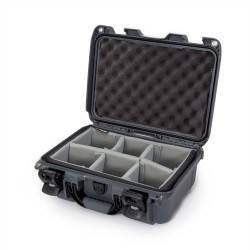
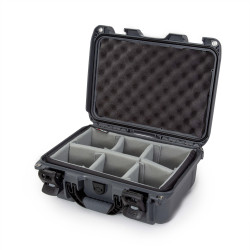
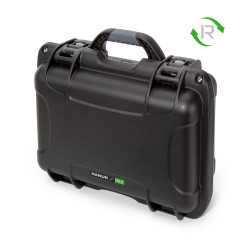
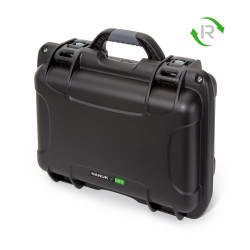
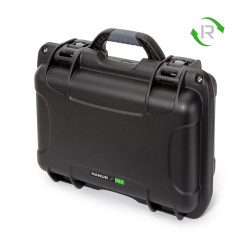
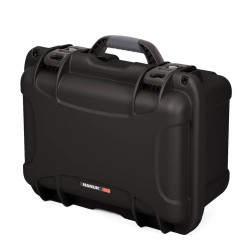
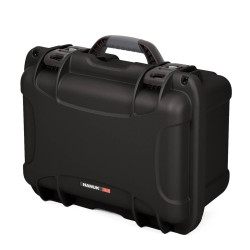
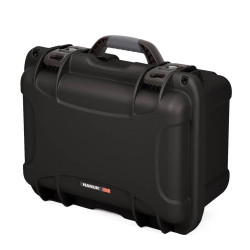


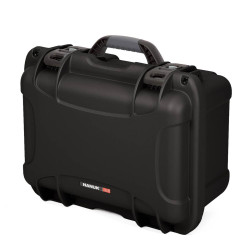
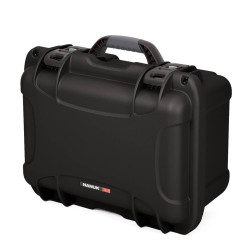
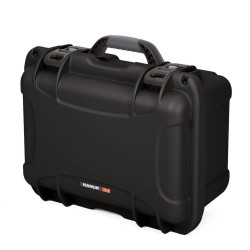
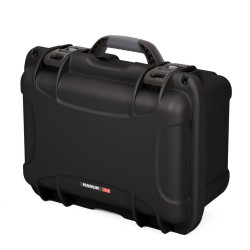
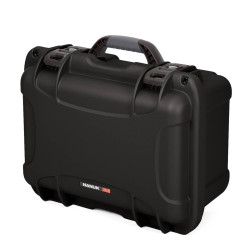
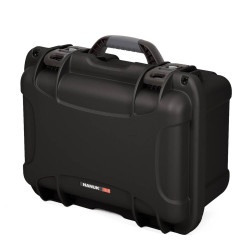
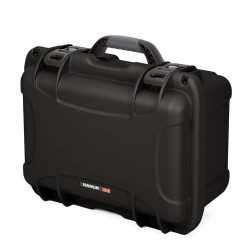
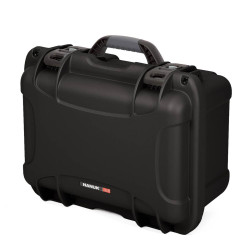
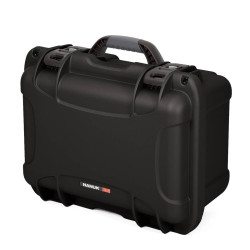
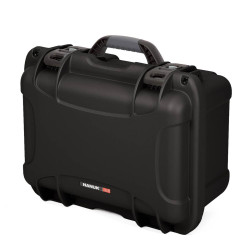


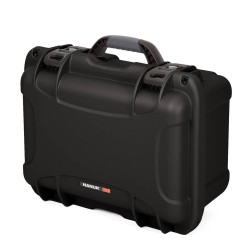
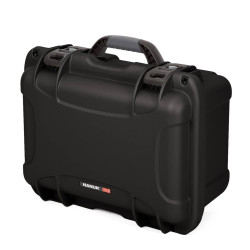
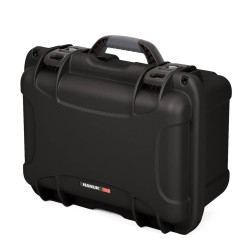
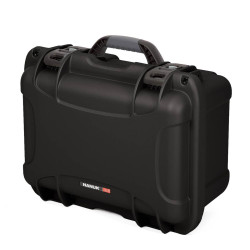
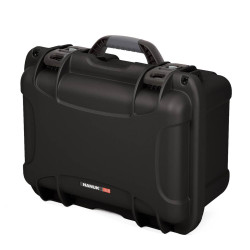
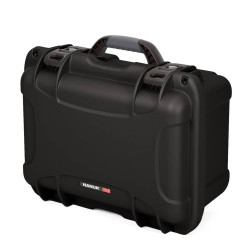
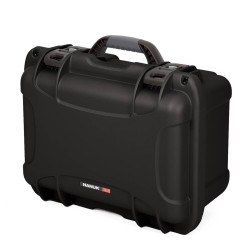
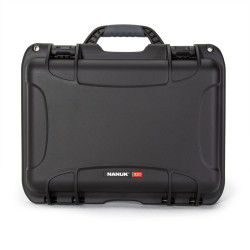
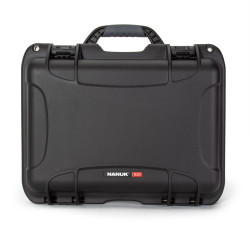
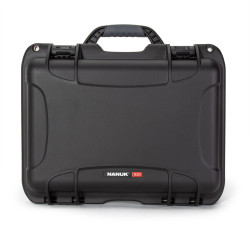
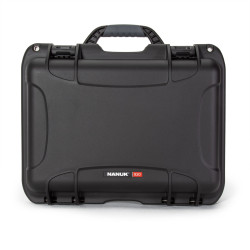
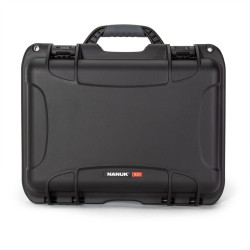


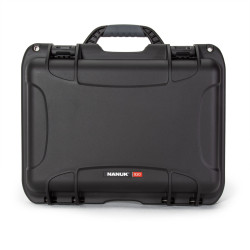
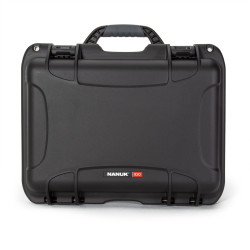
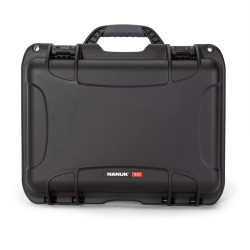
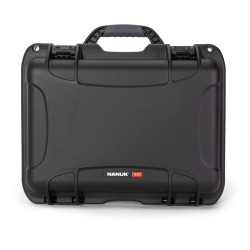
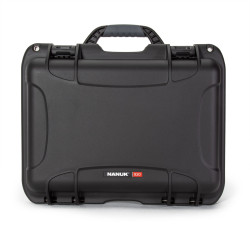


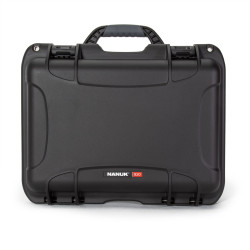
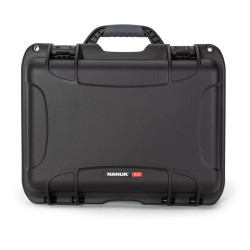
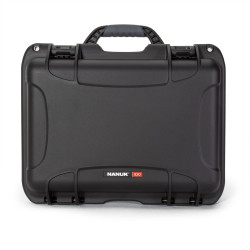
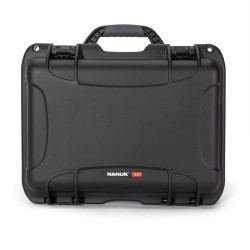
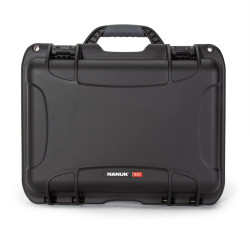
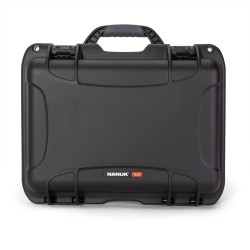

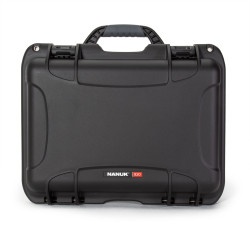
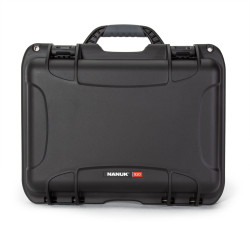

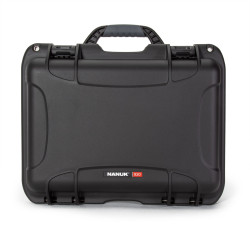
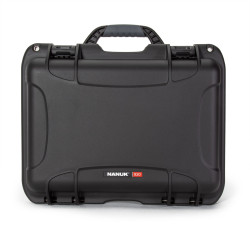
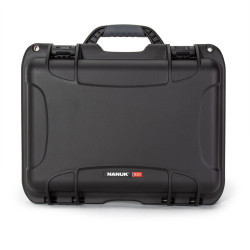
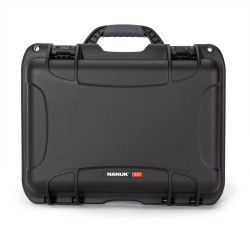
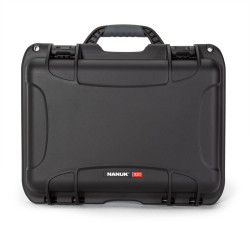
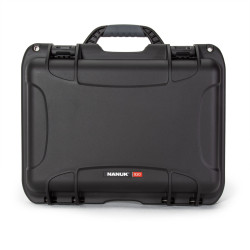
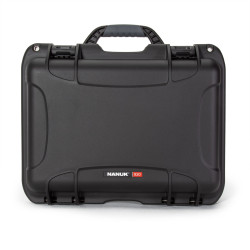
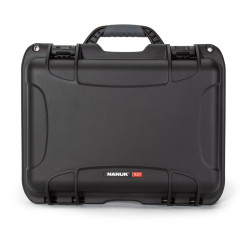
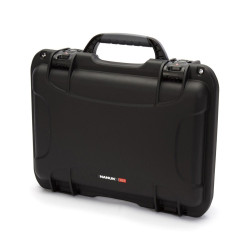
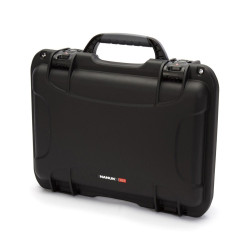
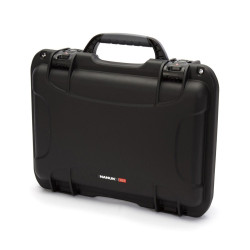
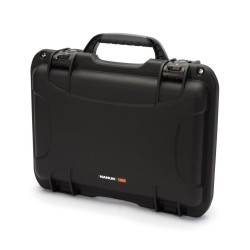
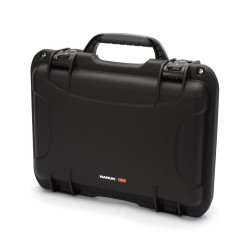
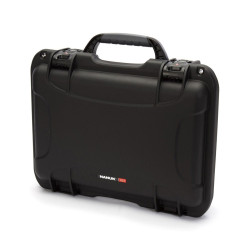
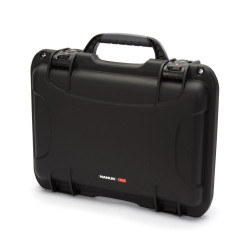
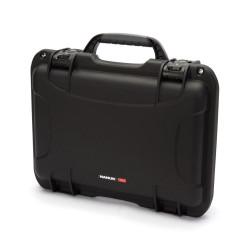
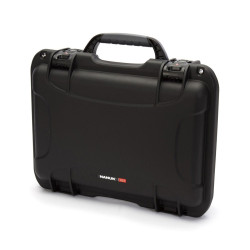
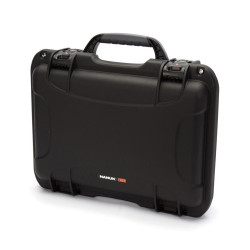
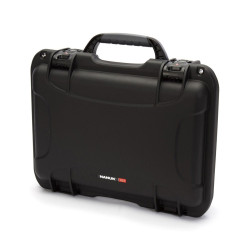

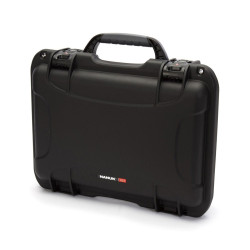

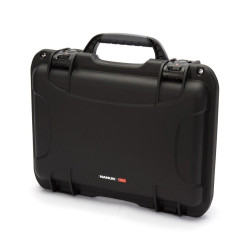
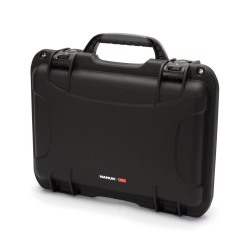
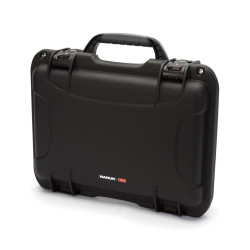
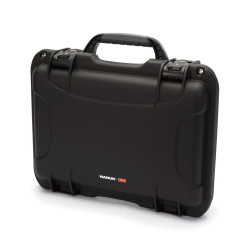
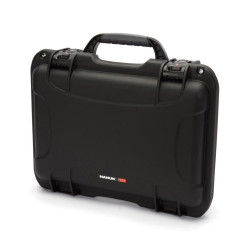
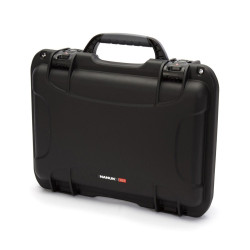
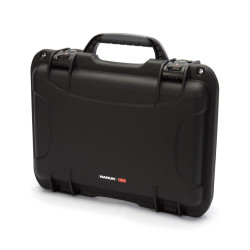
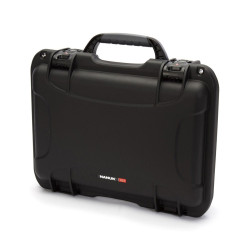
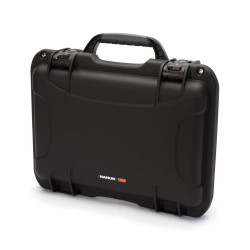
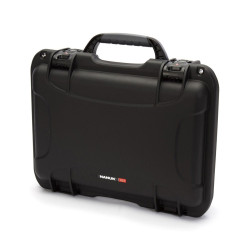
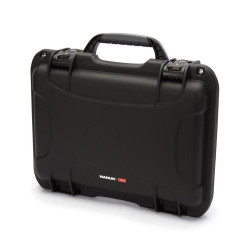

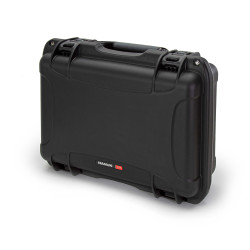

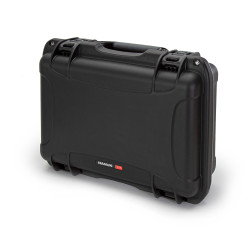
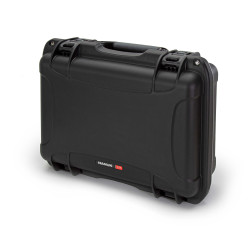


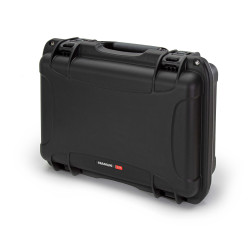
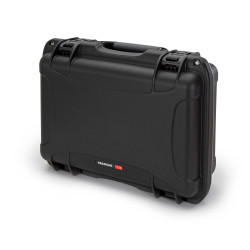

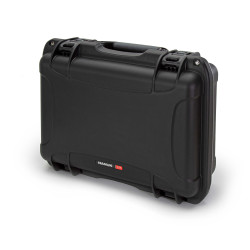
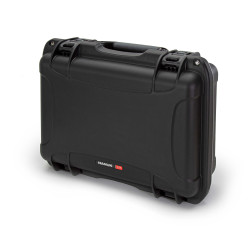
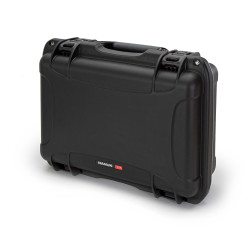


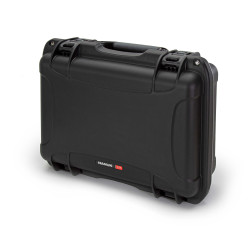


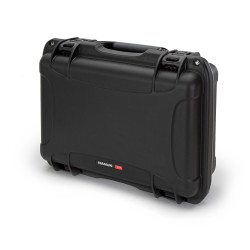

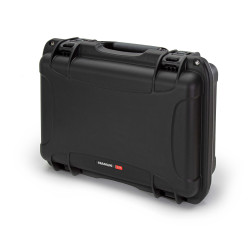

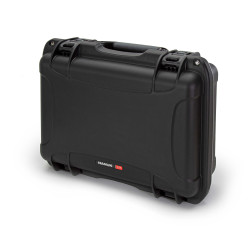

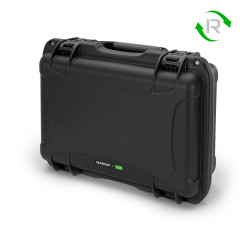

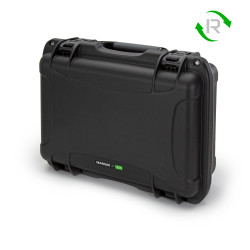
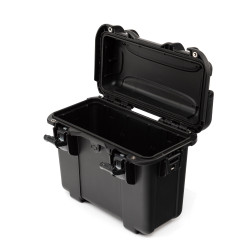
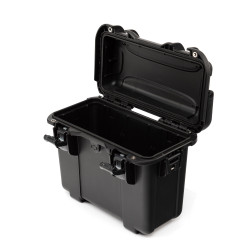
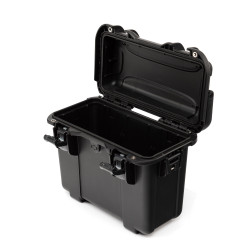
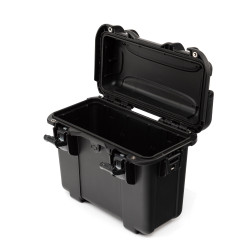
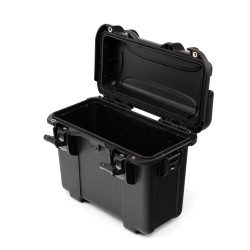
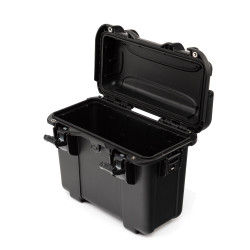
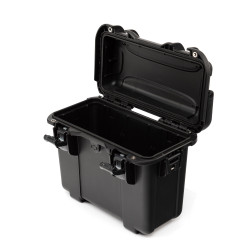


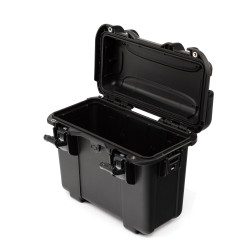

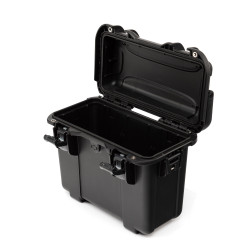
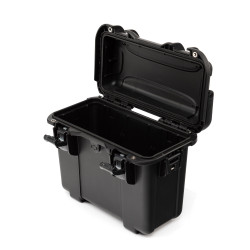
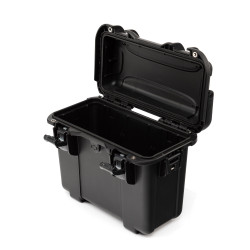
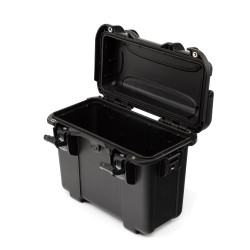
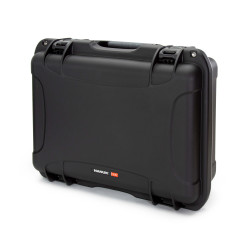
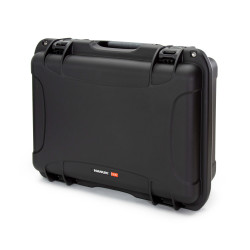
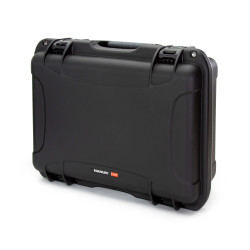
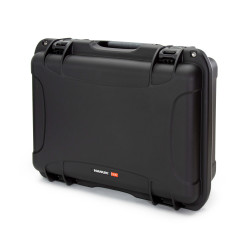
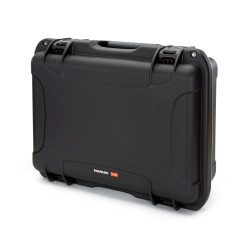
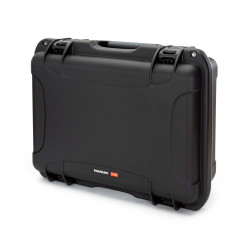
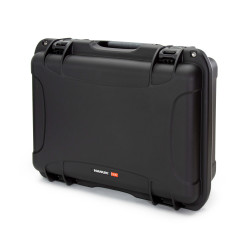
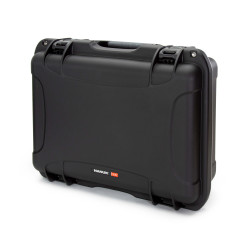
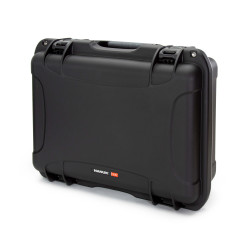
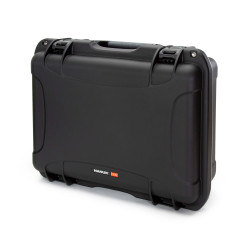
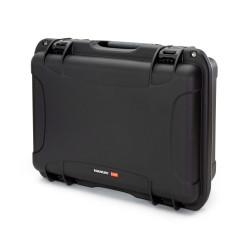
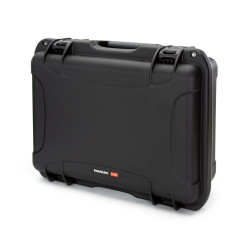
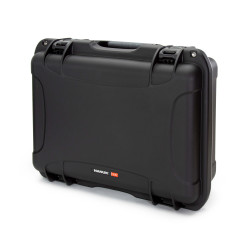

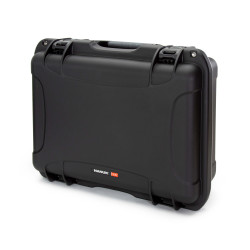
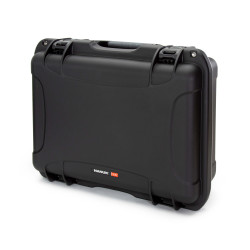
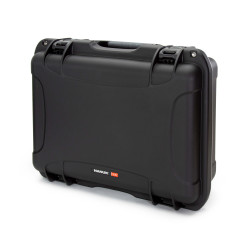
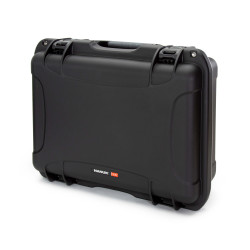
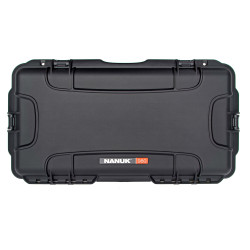
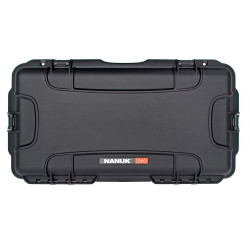
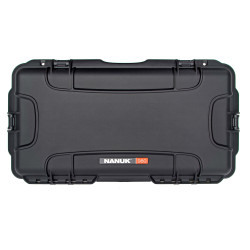

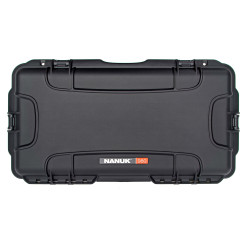

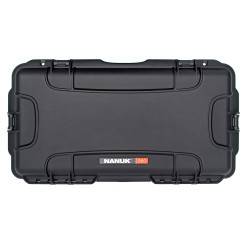

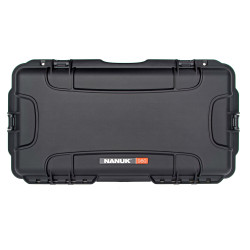
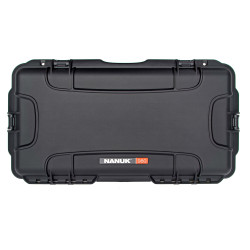


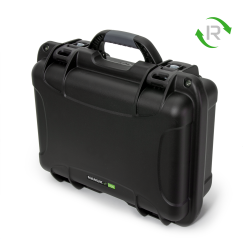
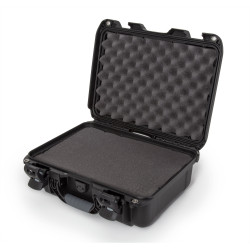
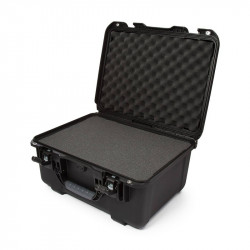
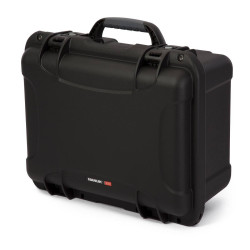
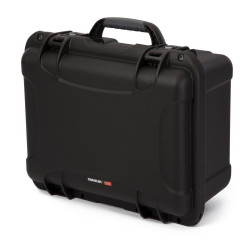
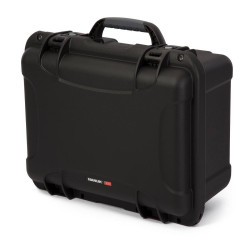

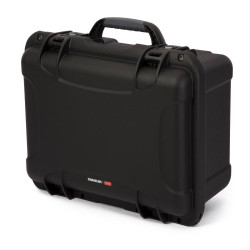
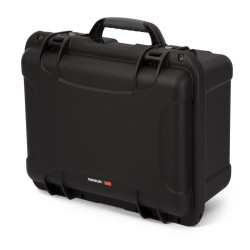
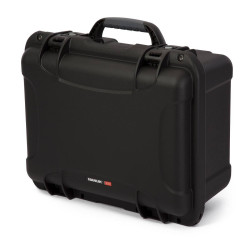
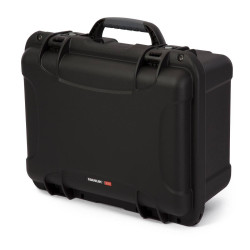
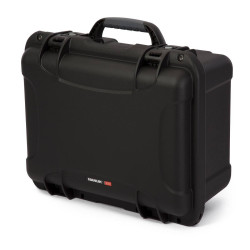

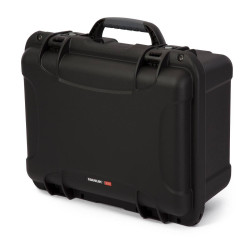
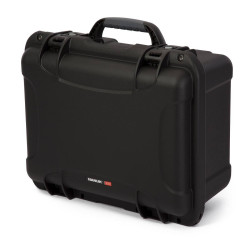

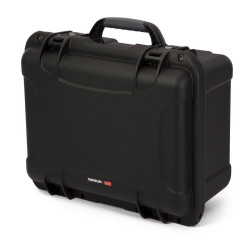
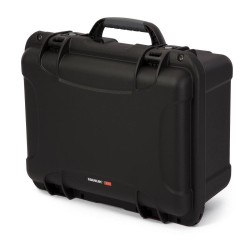

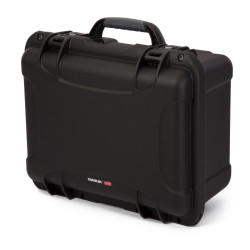
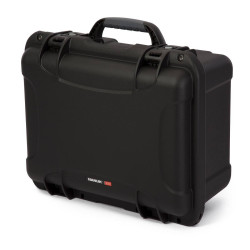
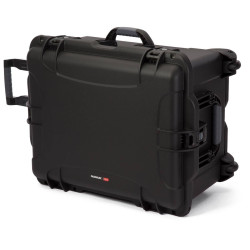
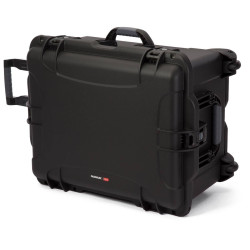
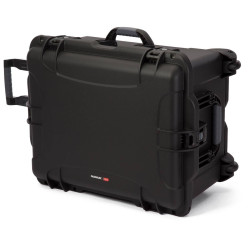
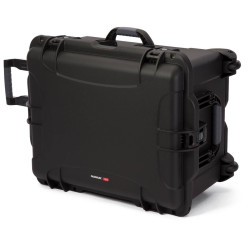
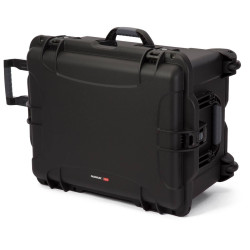
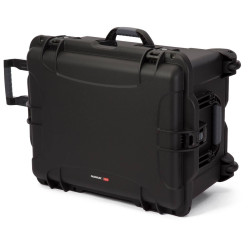

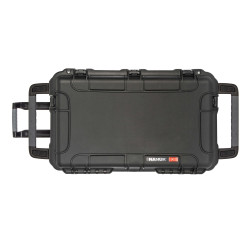

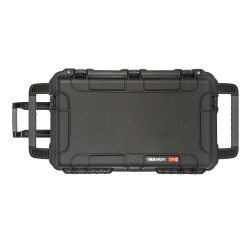
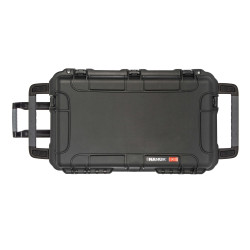

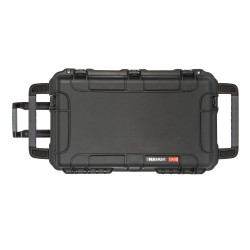
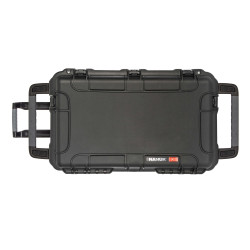


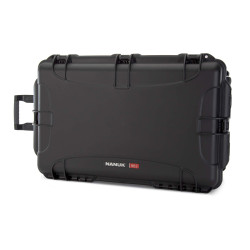
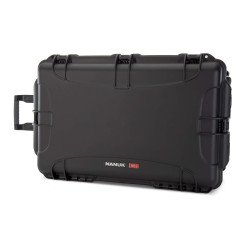
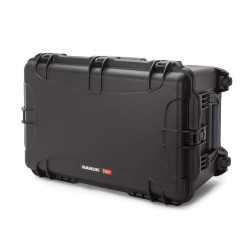
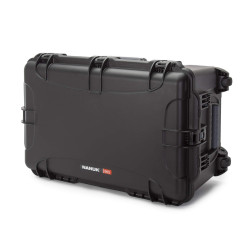
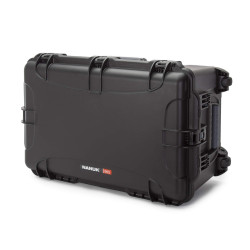
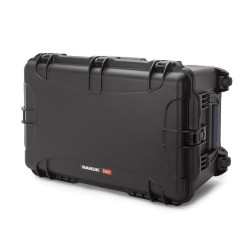
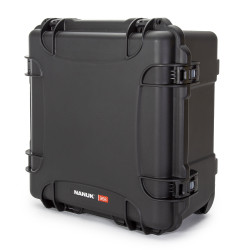
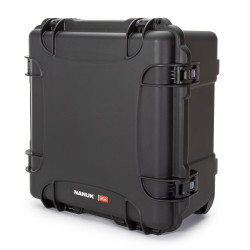
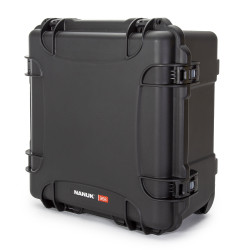
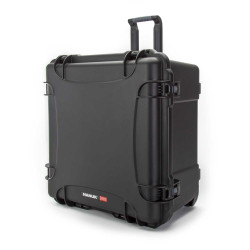
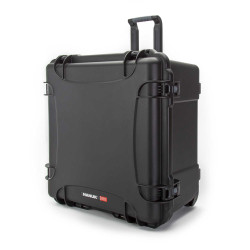
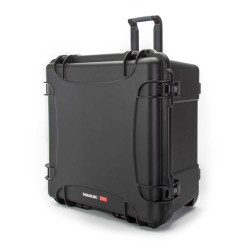
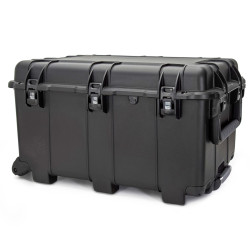

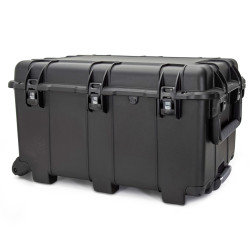
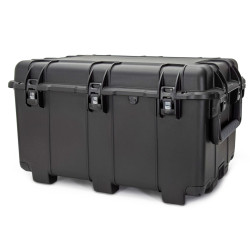
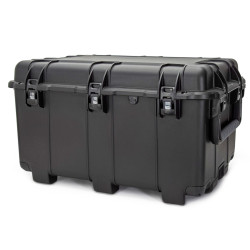
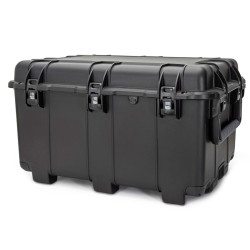
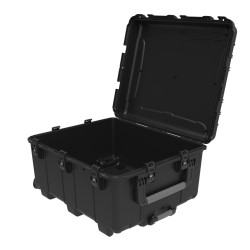
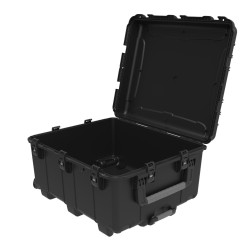
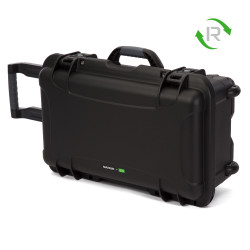
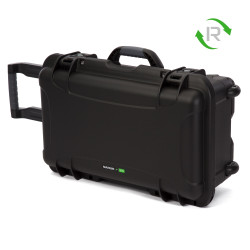

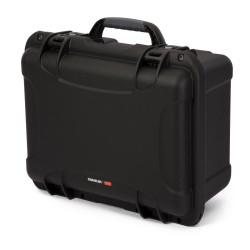
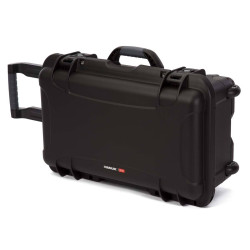
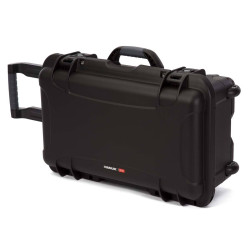
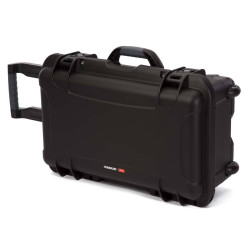
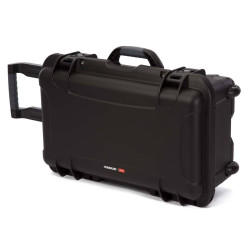
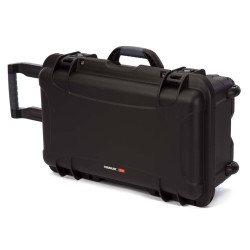
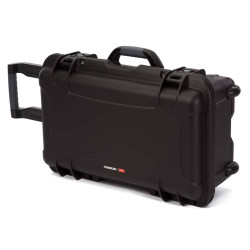
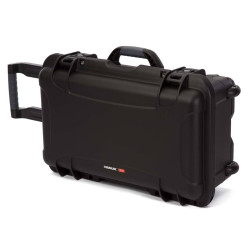
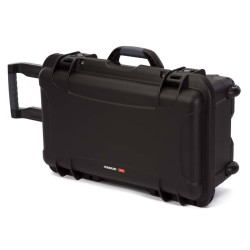
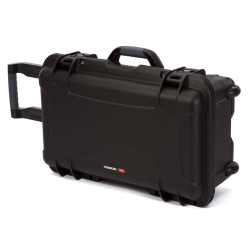
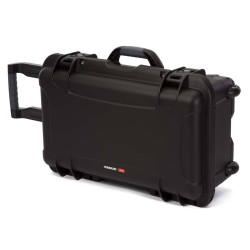
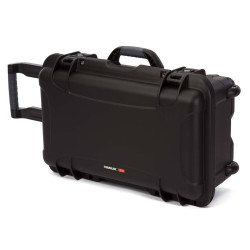
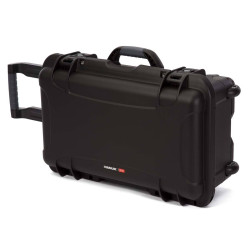
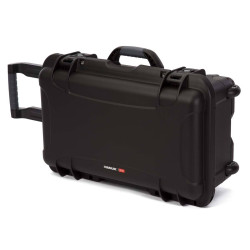
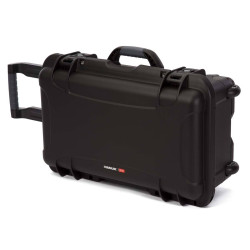
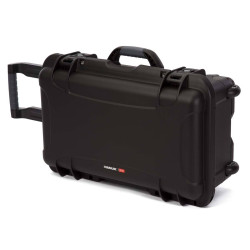
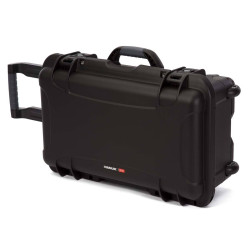
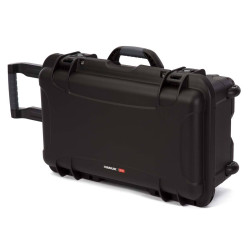
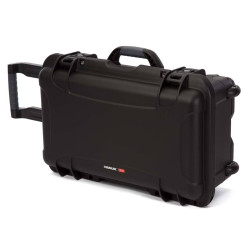
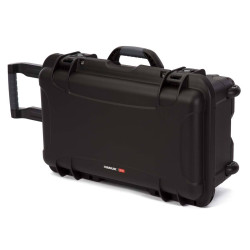
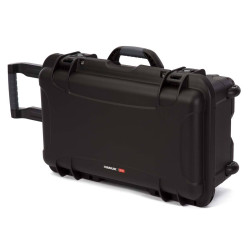
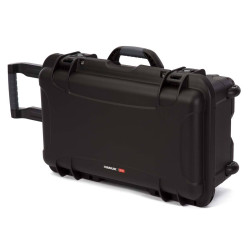
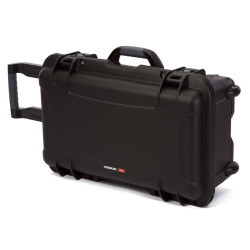
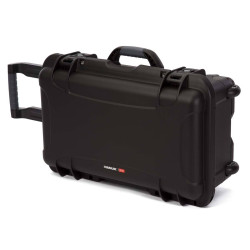
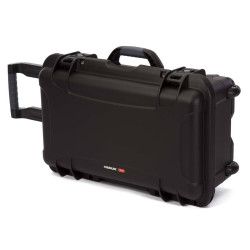
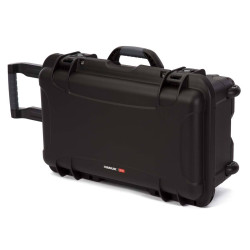
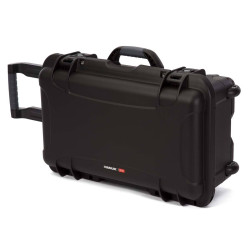
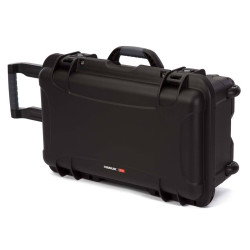
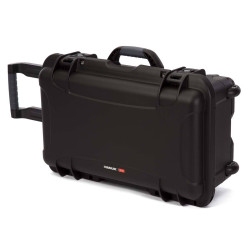
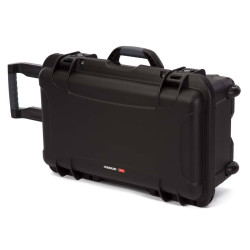
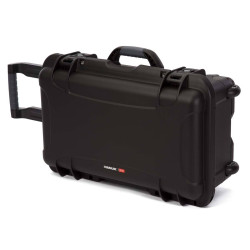
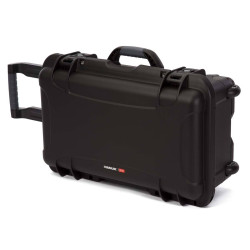
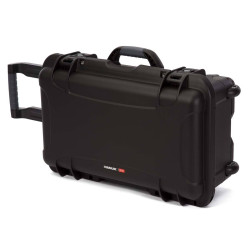
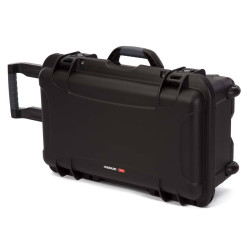
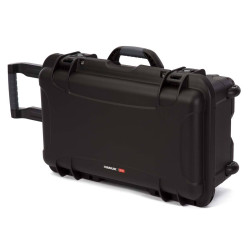
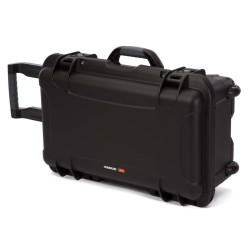
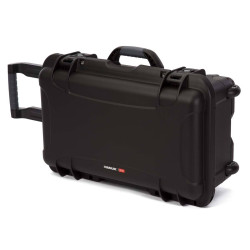
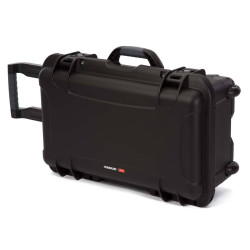
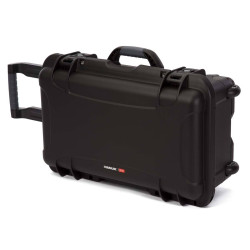
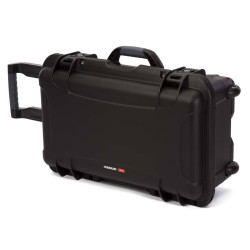
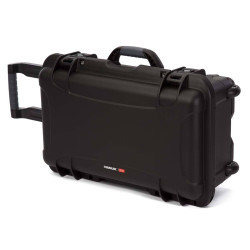
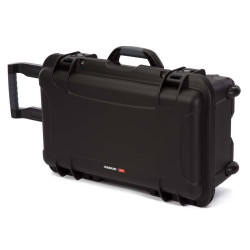
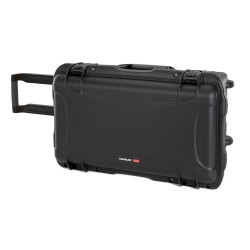
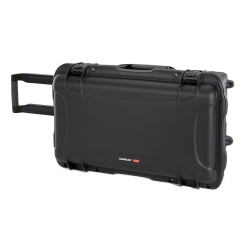
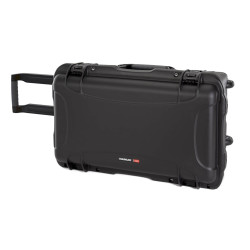
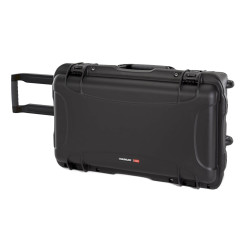
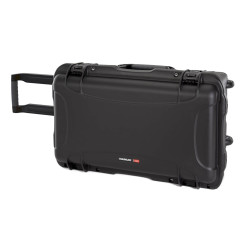
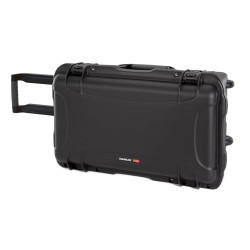
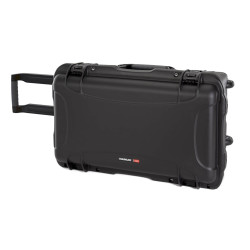



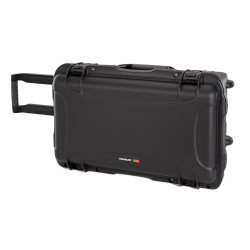
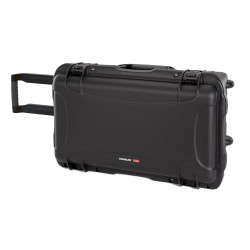
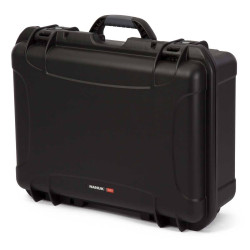


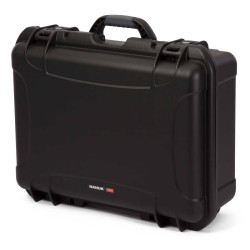

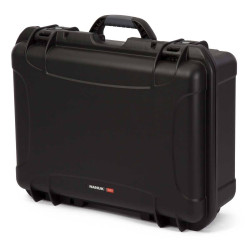
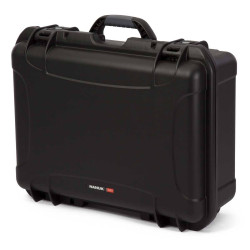
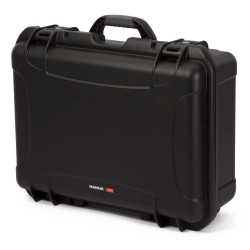
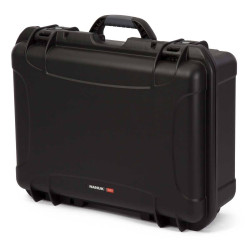
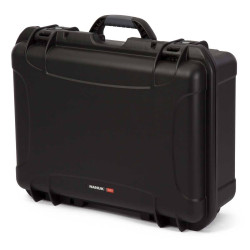
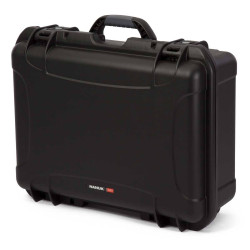
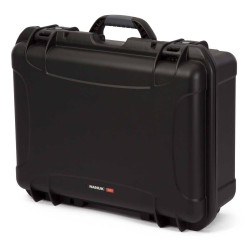


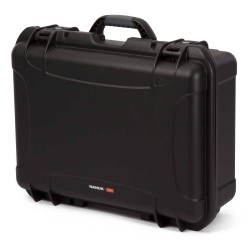


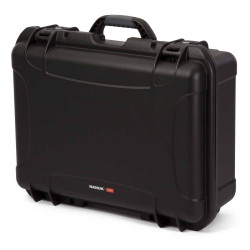
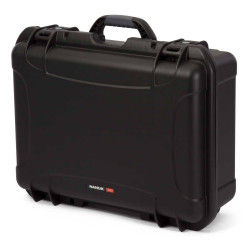
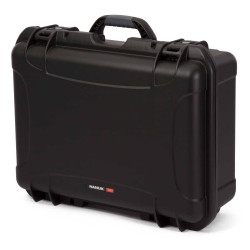
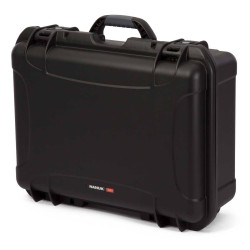

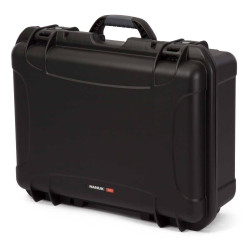
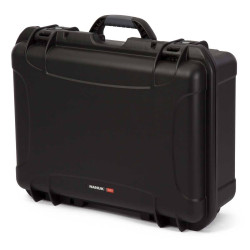

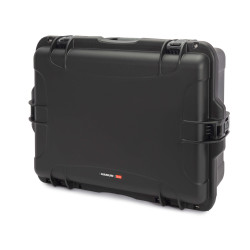
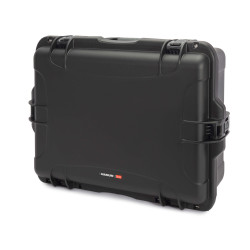
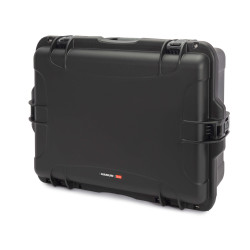
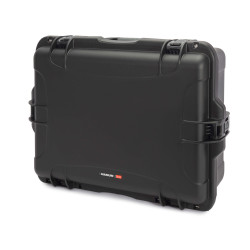
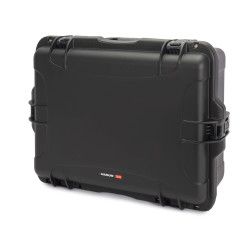
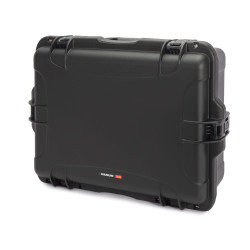
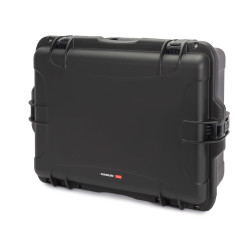
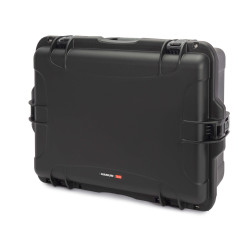



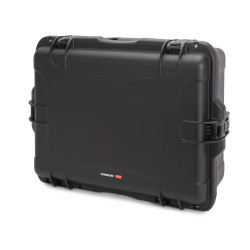

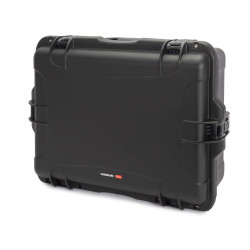
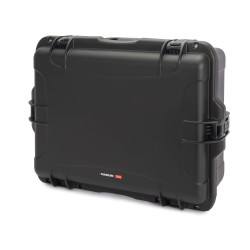
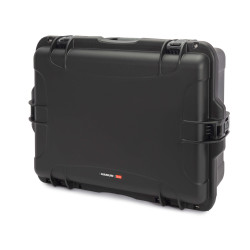
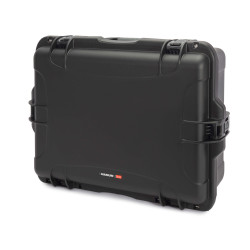
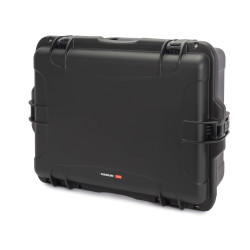
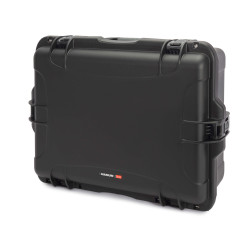

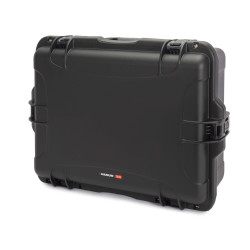
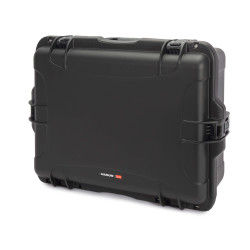
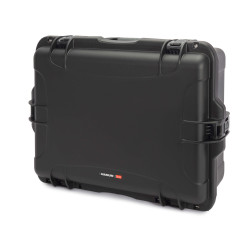
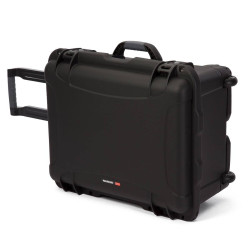
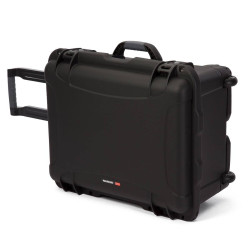
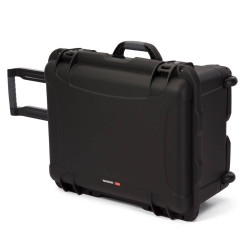
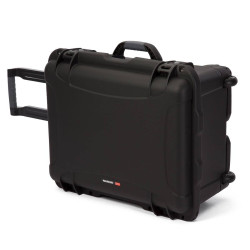
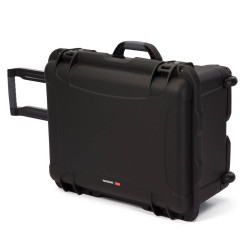
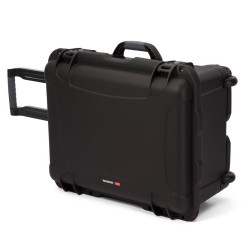
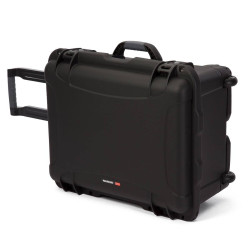
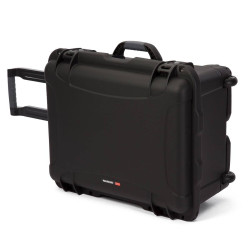
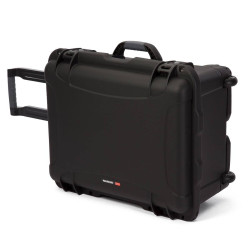
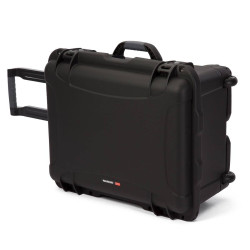
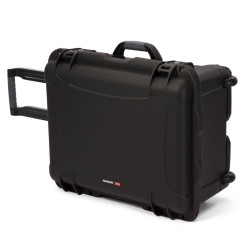
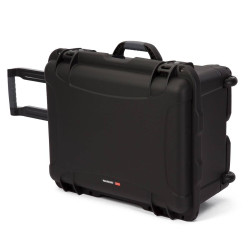
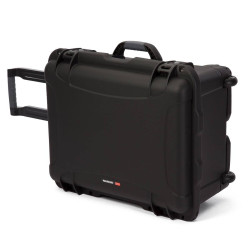
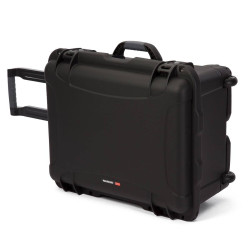
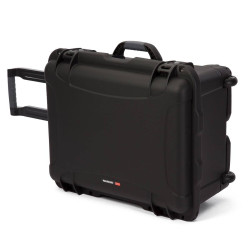
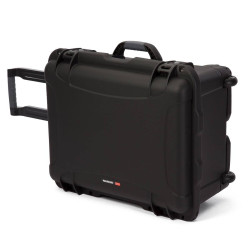
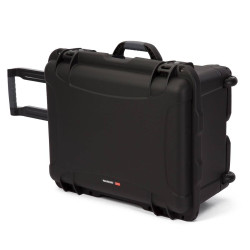
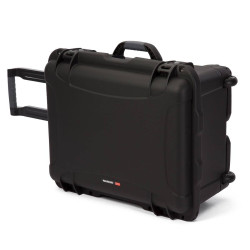
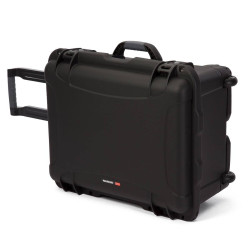
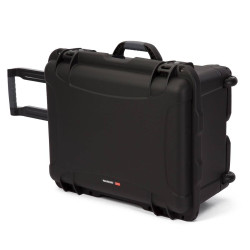
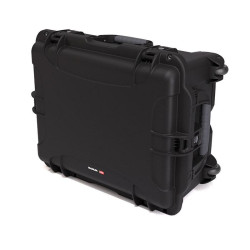
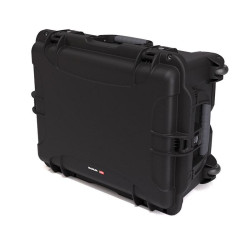
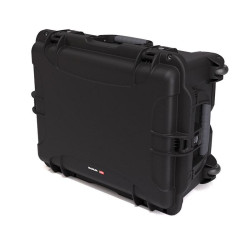
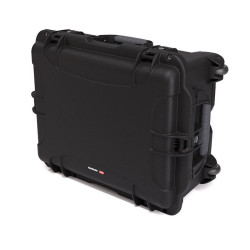
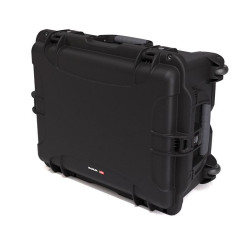
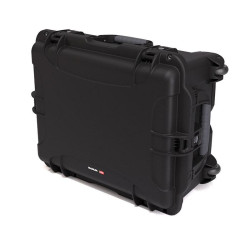


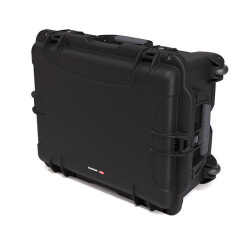
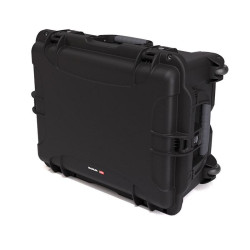

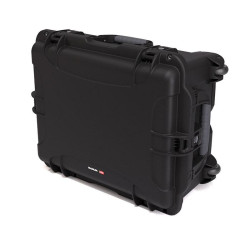
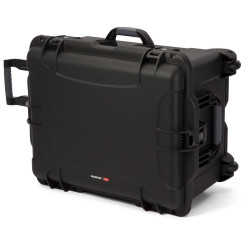
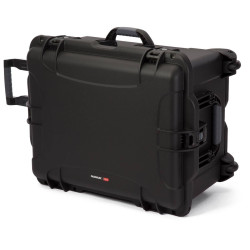
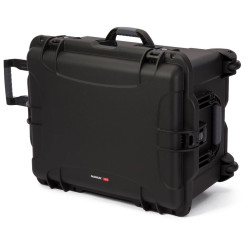
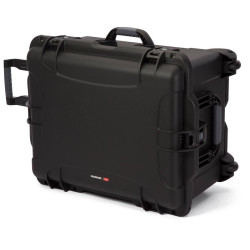
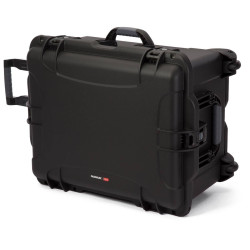
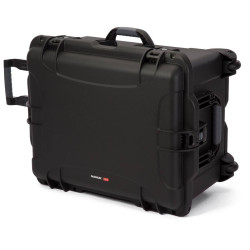
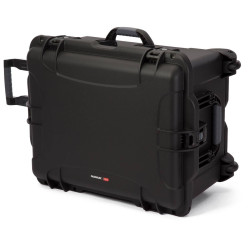
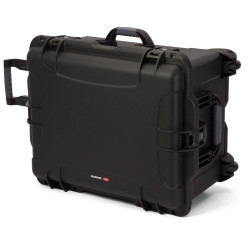
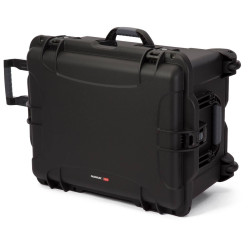
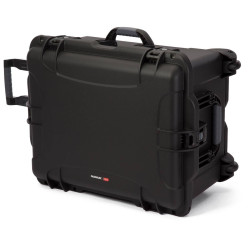
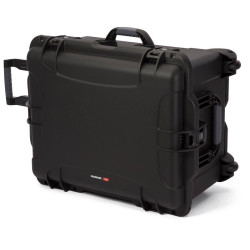
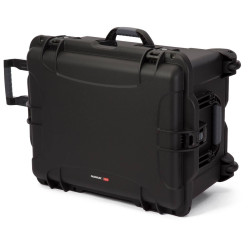
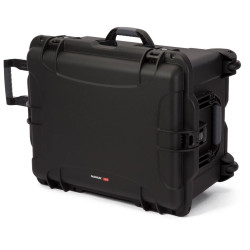
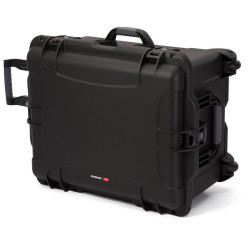
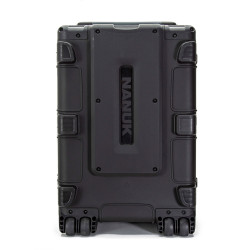
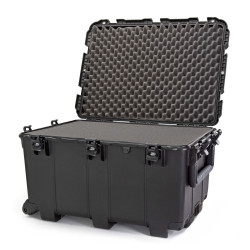
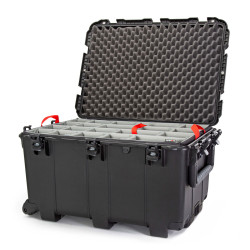
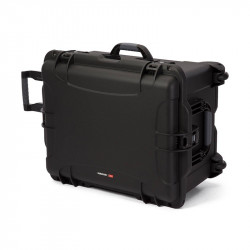
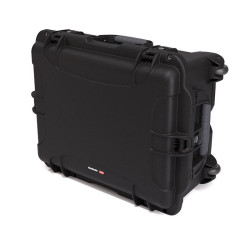
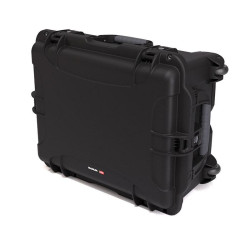
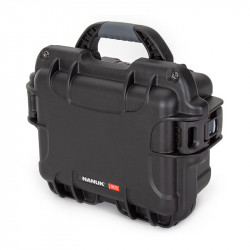
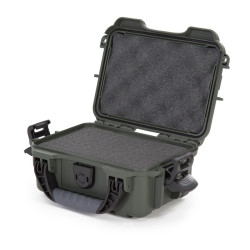
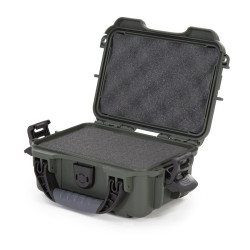
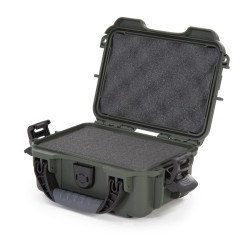
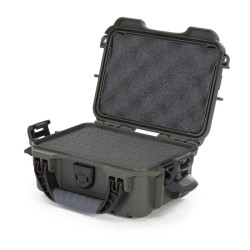
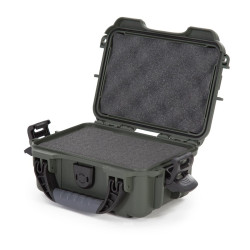
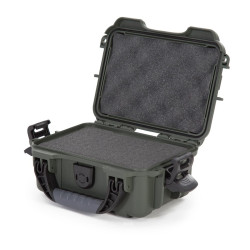
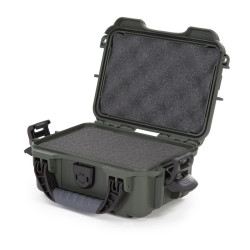
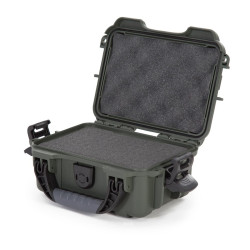
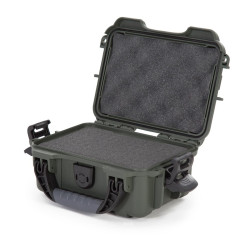
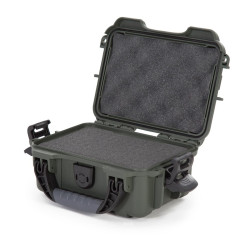
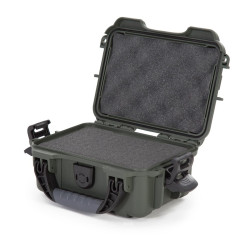
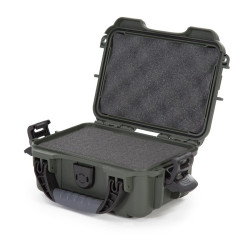

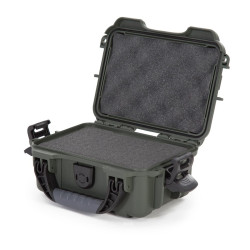
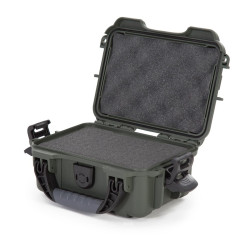
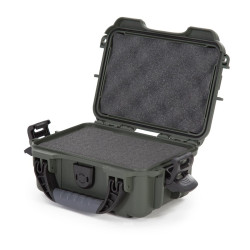
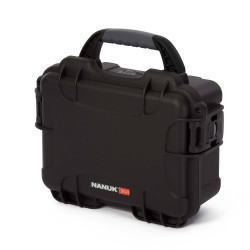
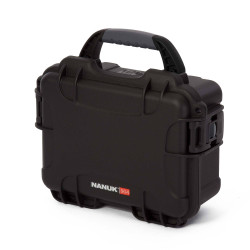
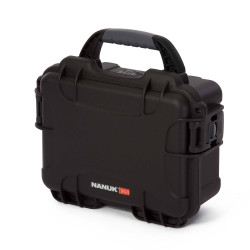
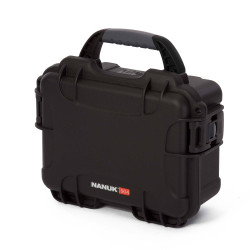
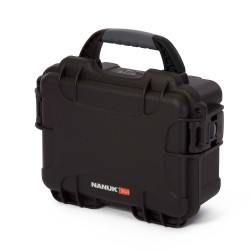

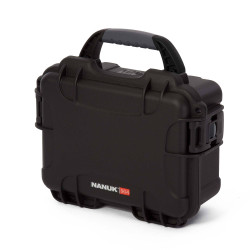
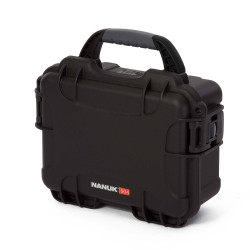

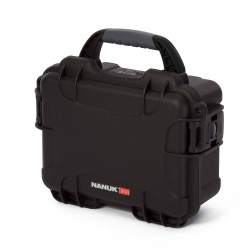
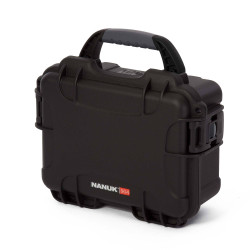
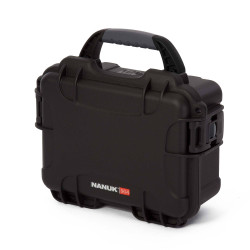
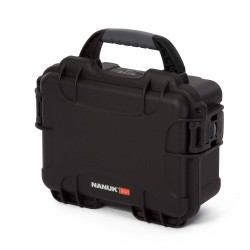
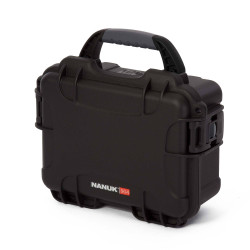
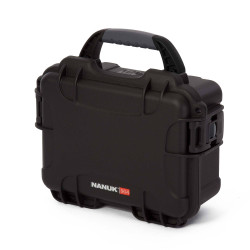
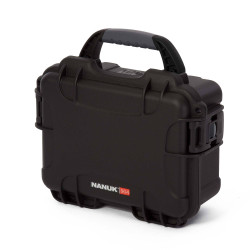
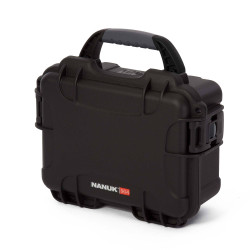
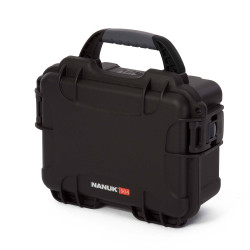

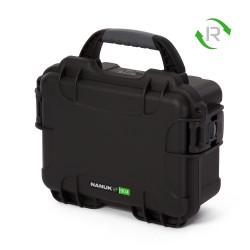
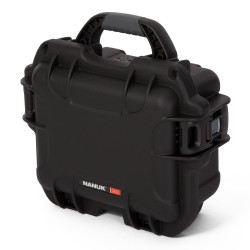
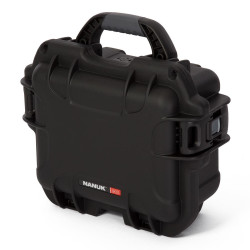
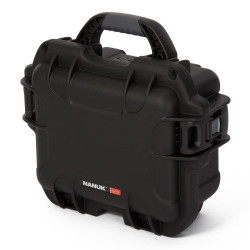
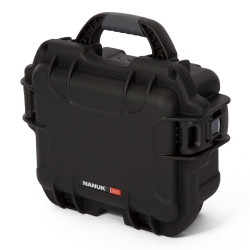
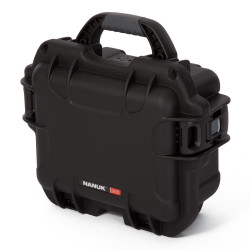
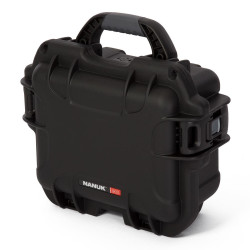
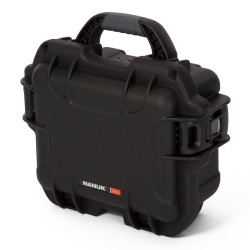
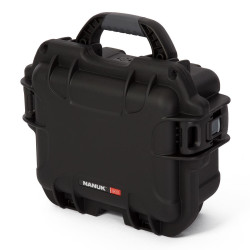
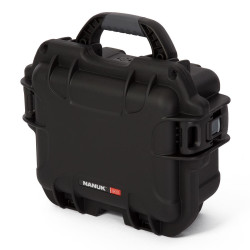
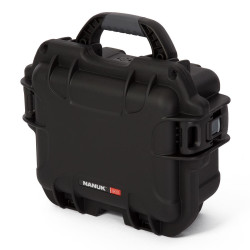
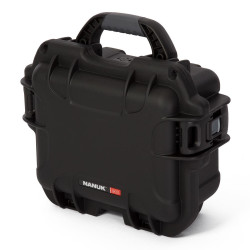
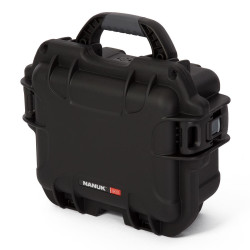
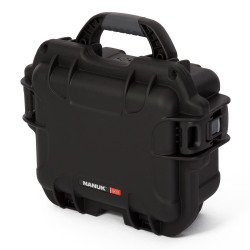
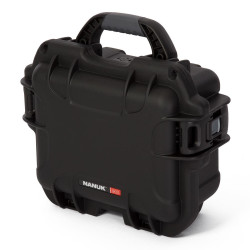
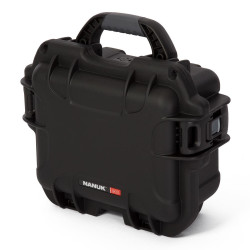
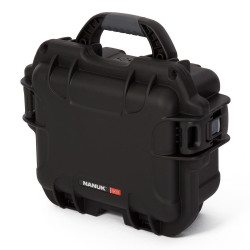
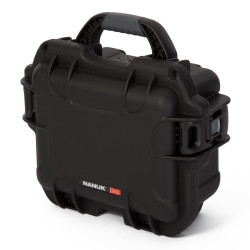
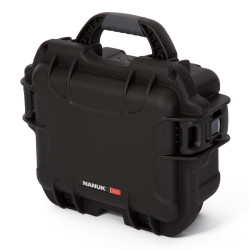
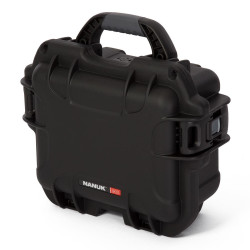
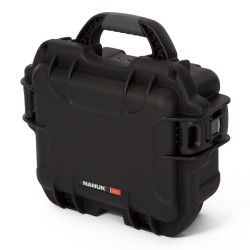
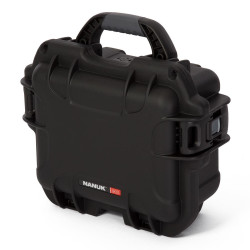
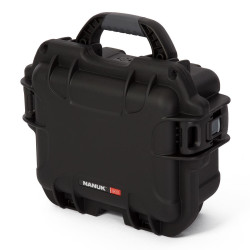

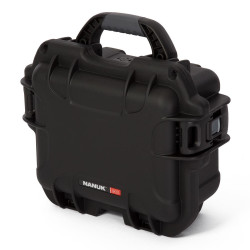
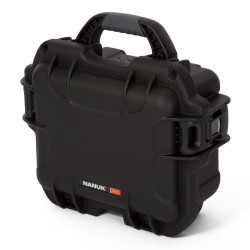
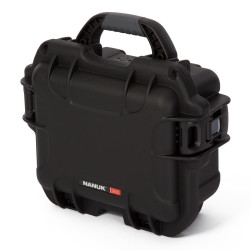
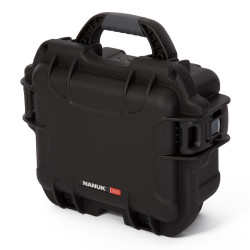
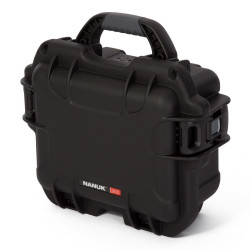
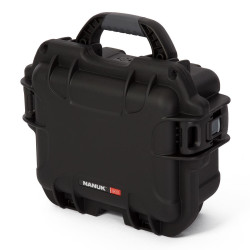
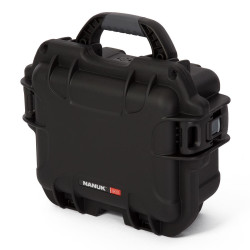
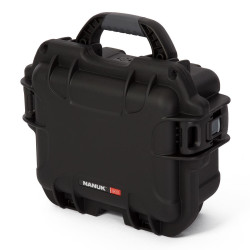
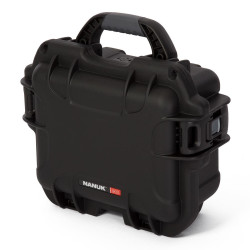
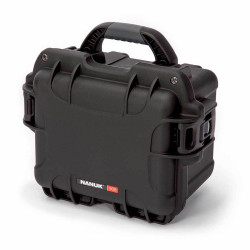
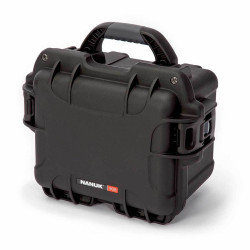
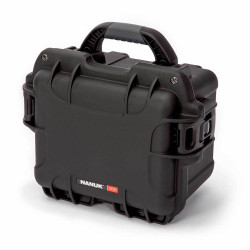
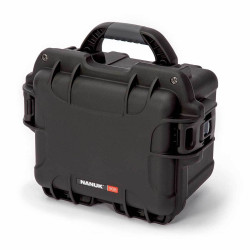
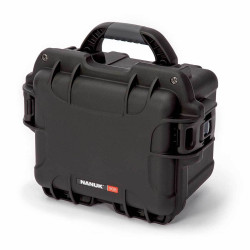
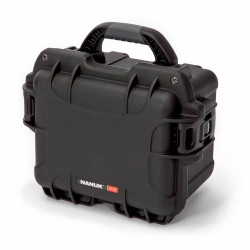
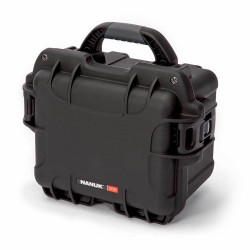
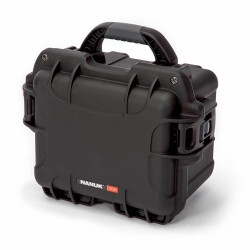
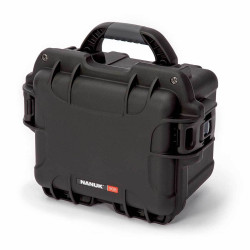
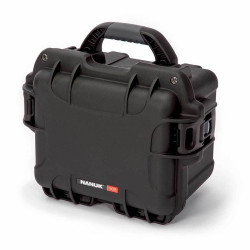
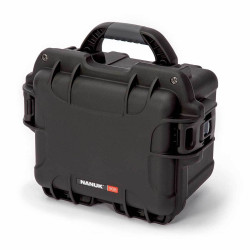
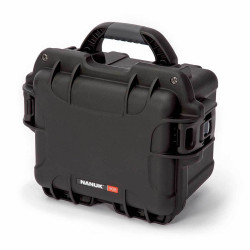
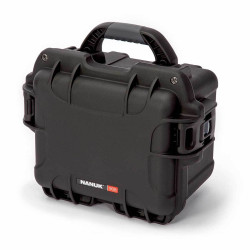
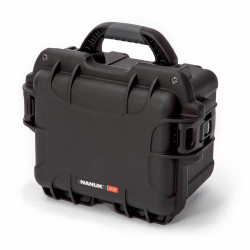
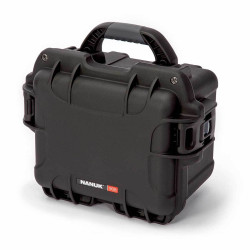
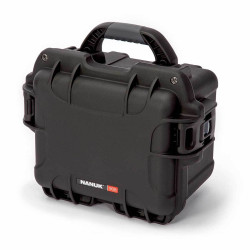
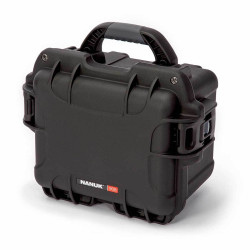
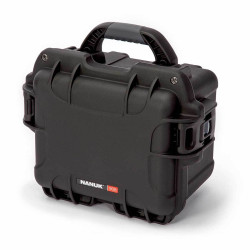
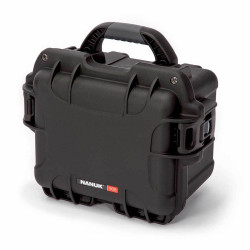
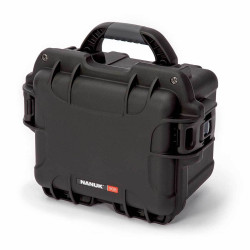
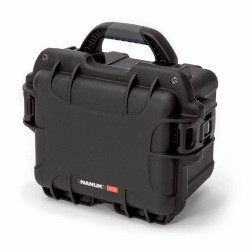
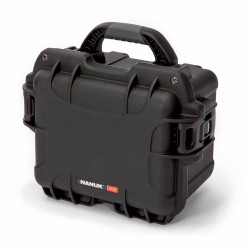
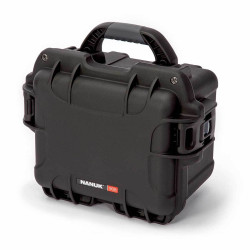
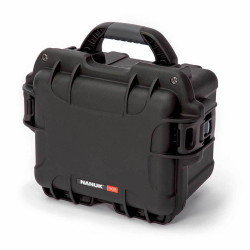
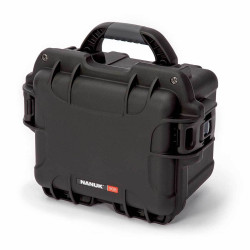
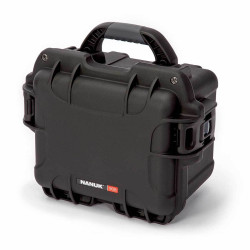
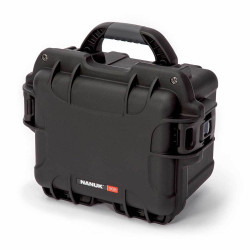
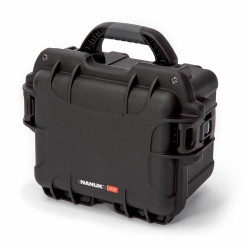
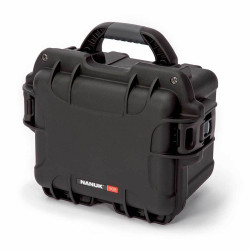
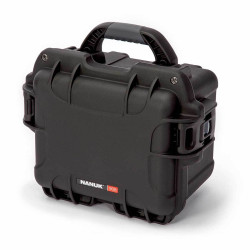
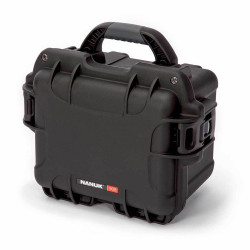
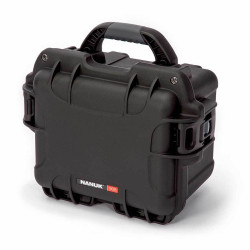
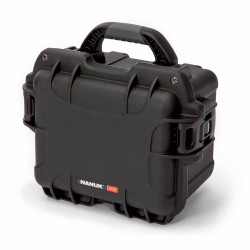
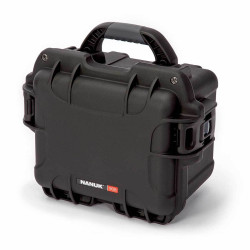
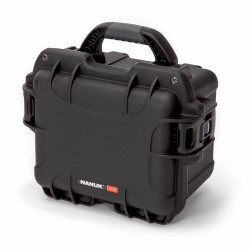
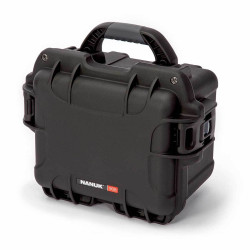
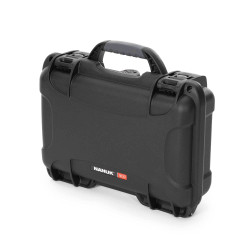

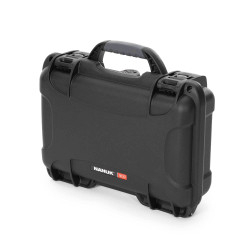
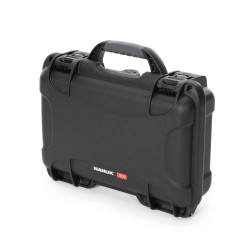
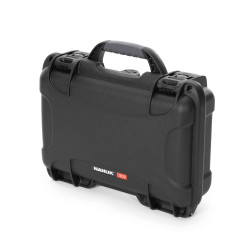
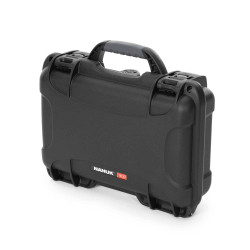
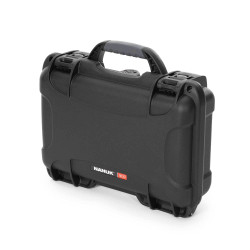

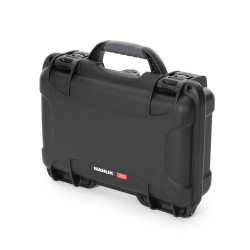
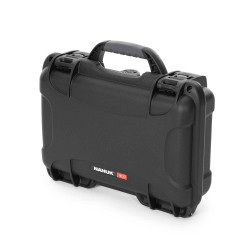
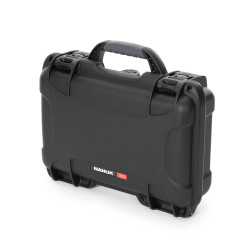
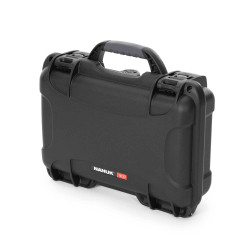

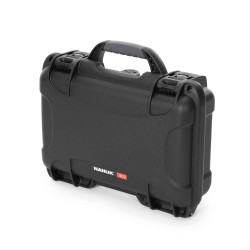
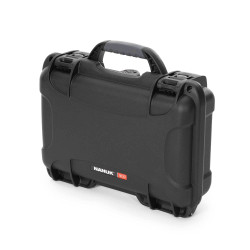
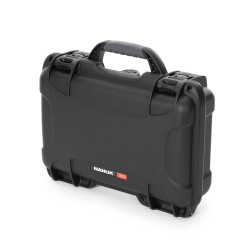
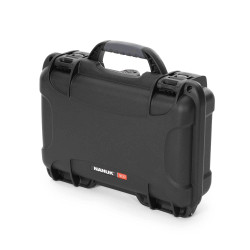
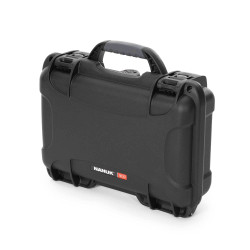
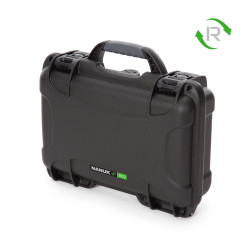
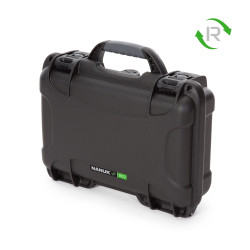
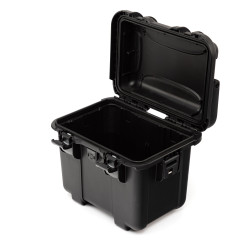
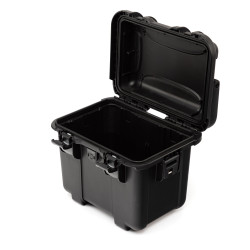
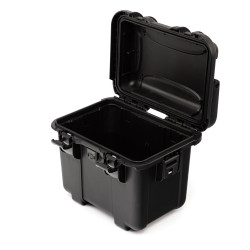
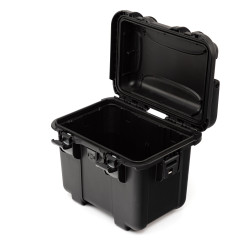
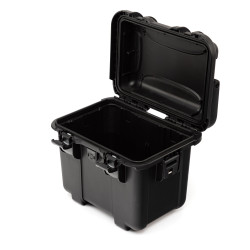
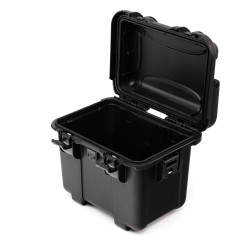
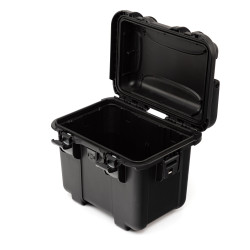


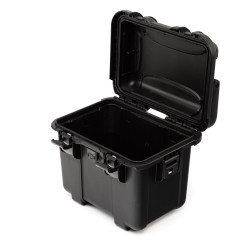
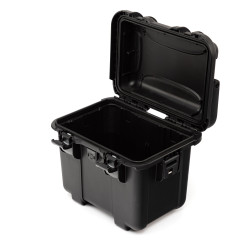
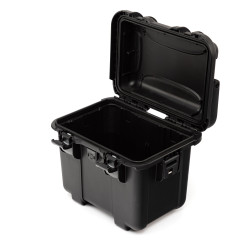
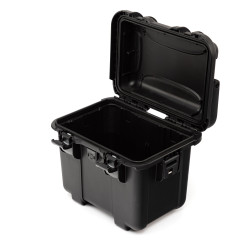
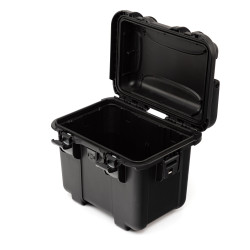
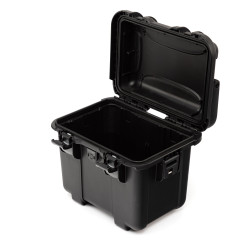
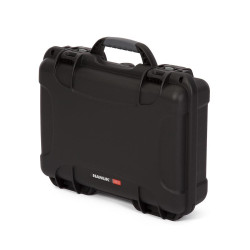
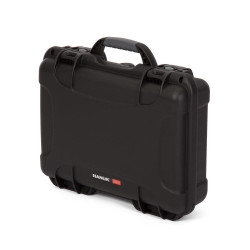
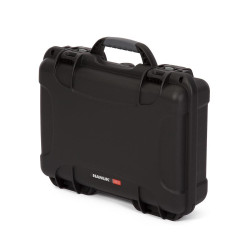
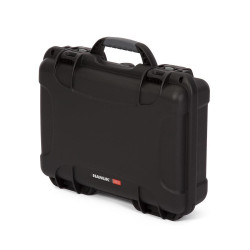
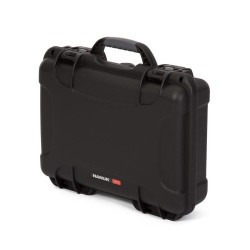
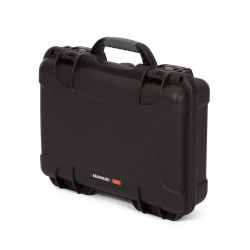
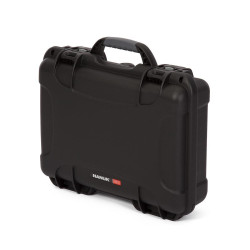
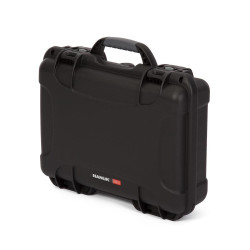
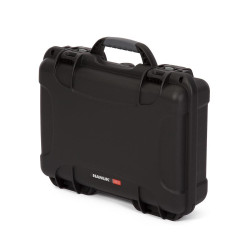
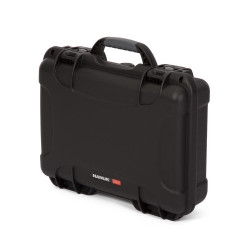
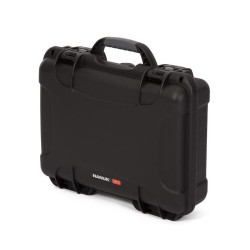
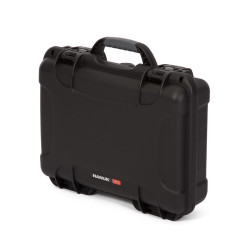
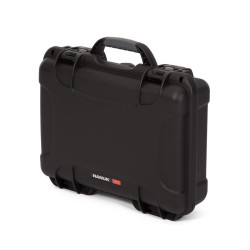
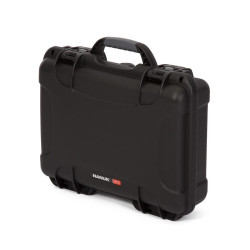
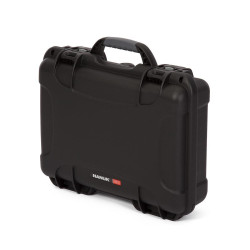
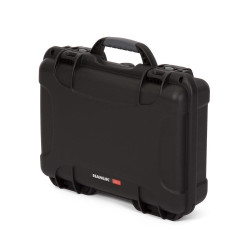
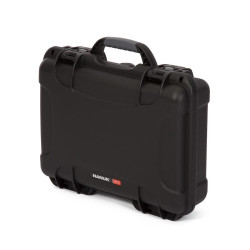
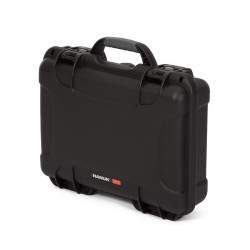
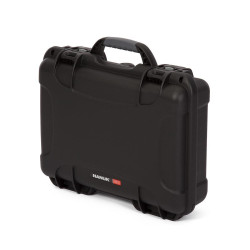
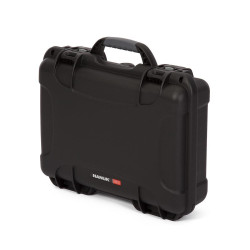
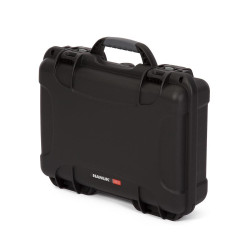
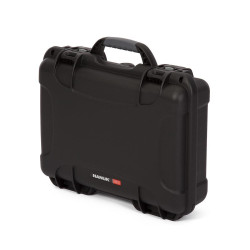
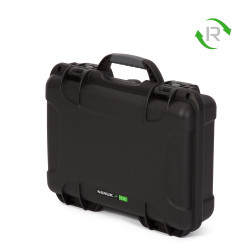

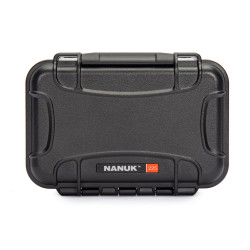
Leave a comment